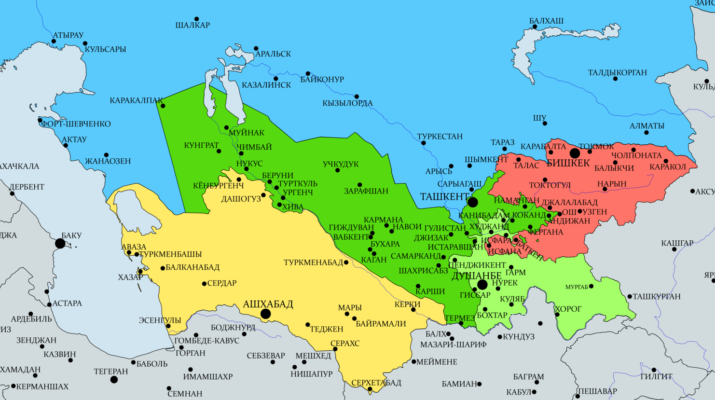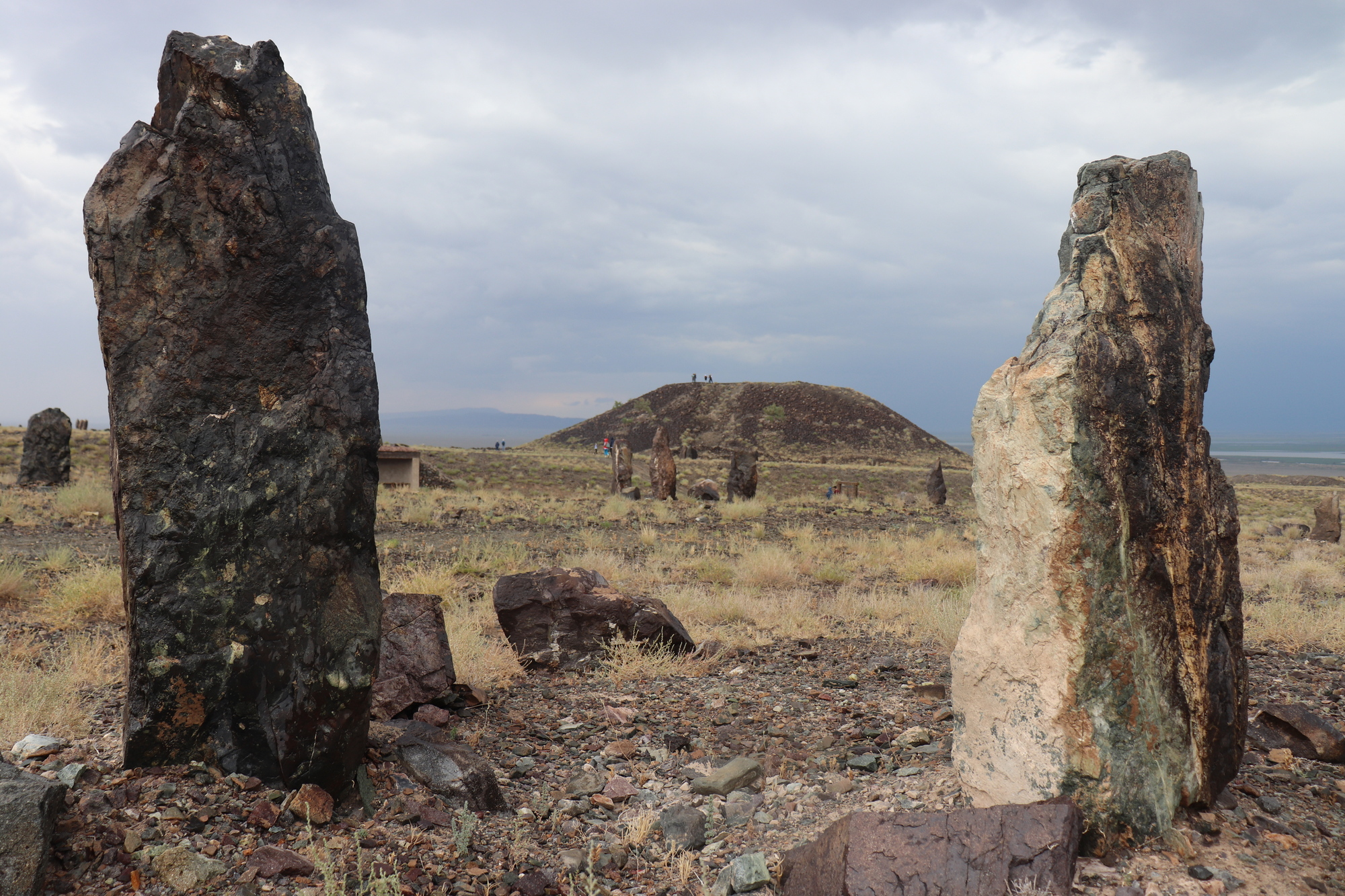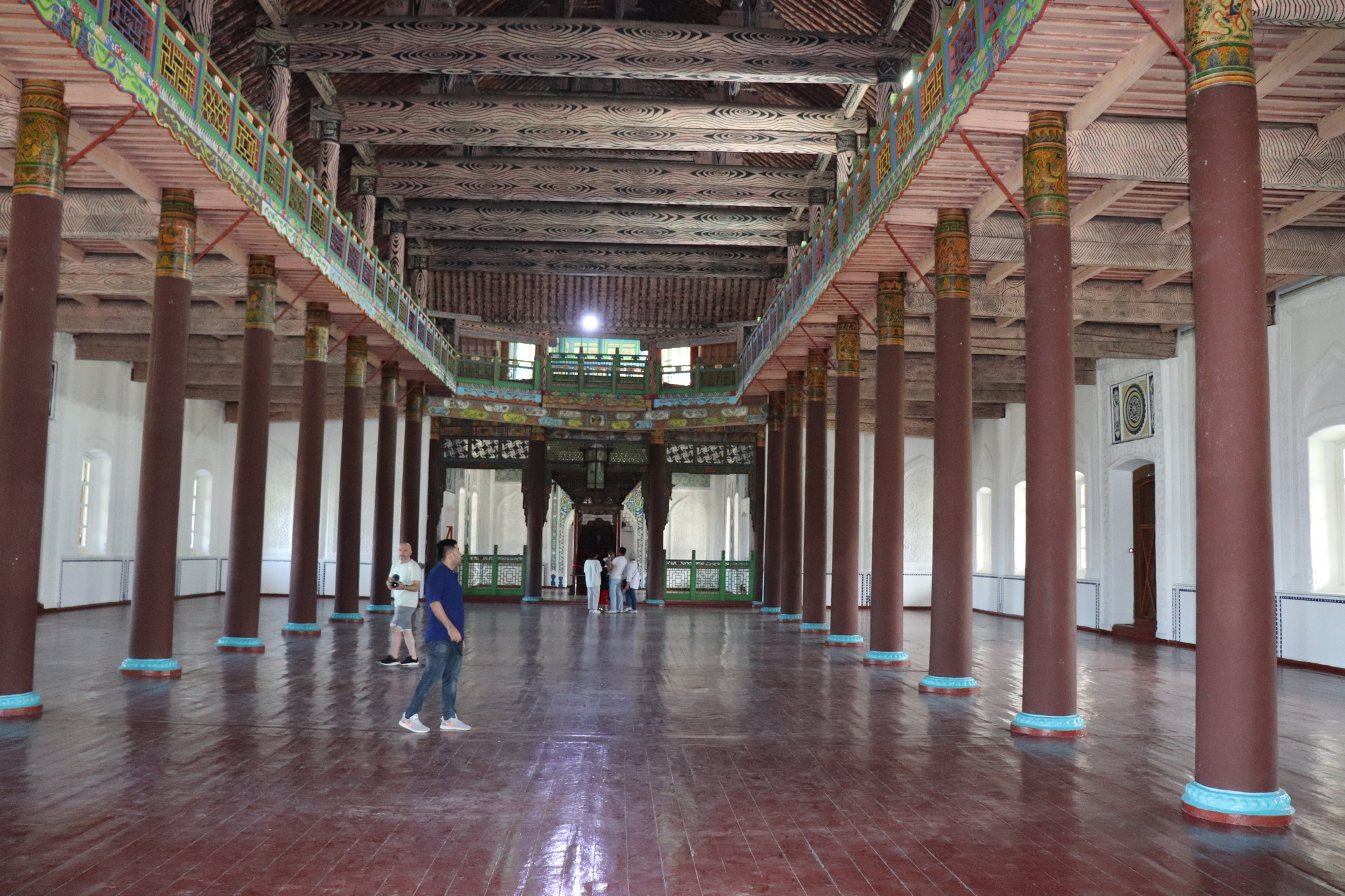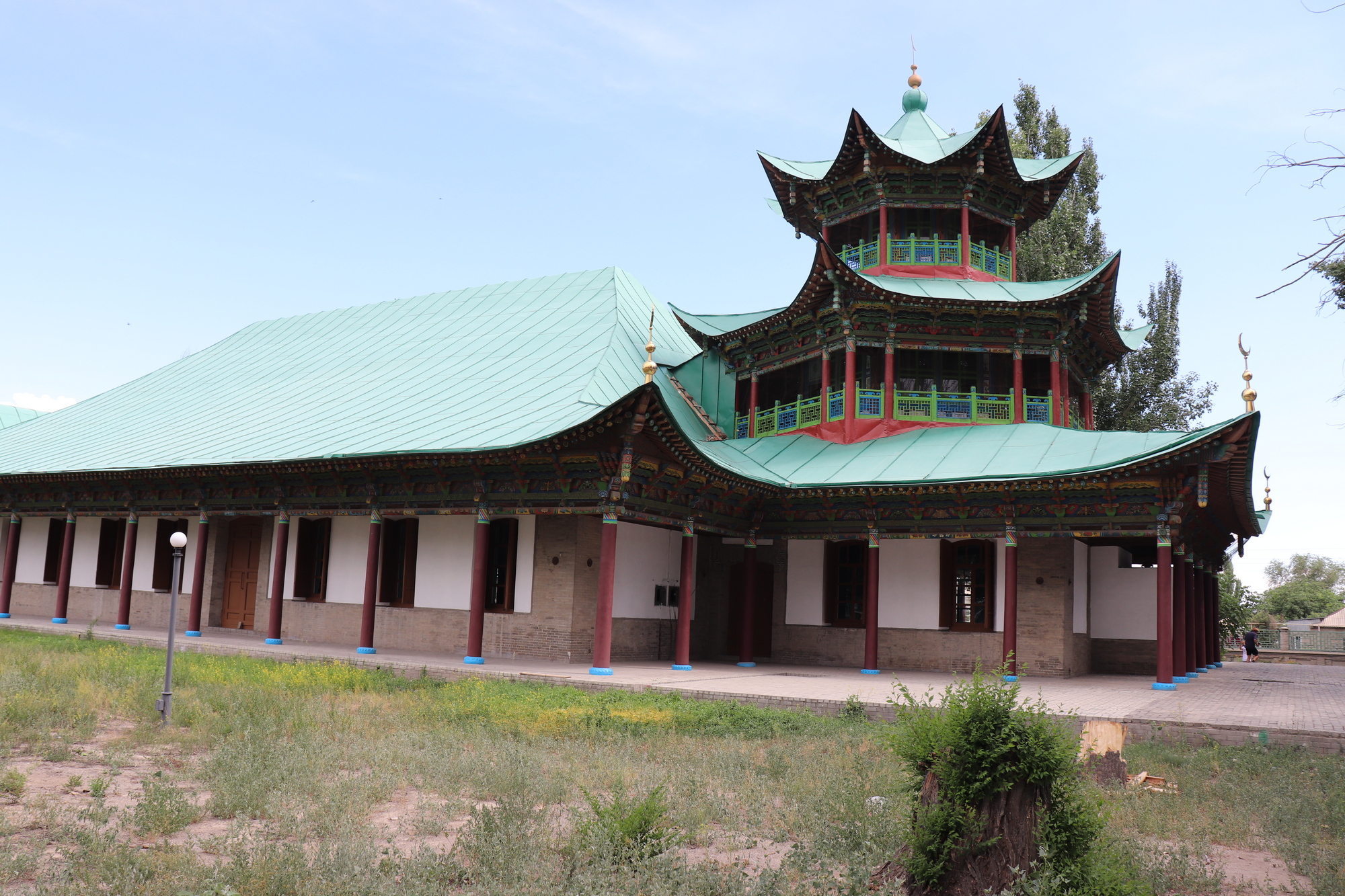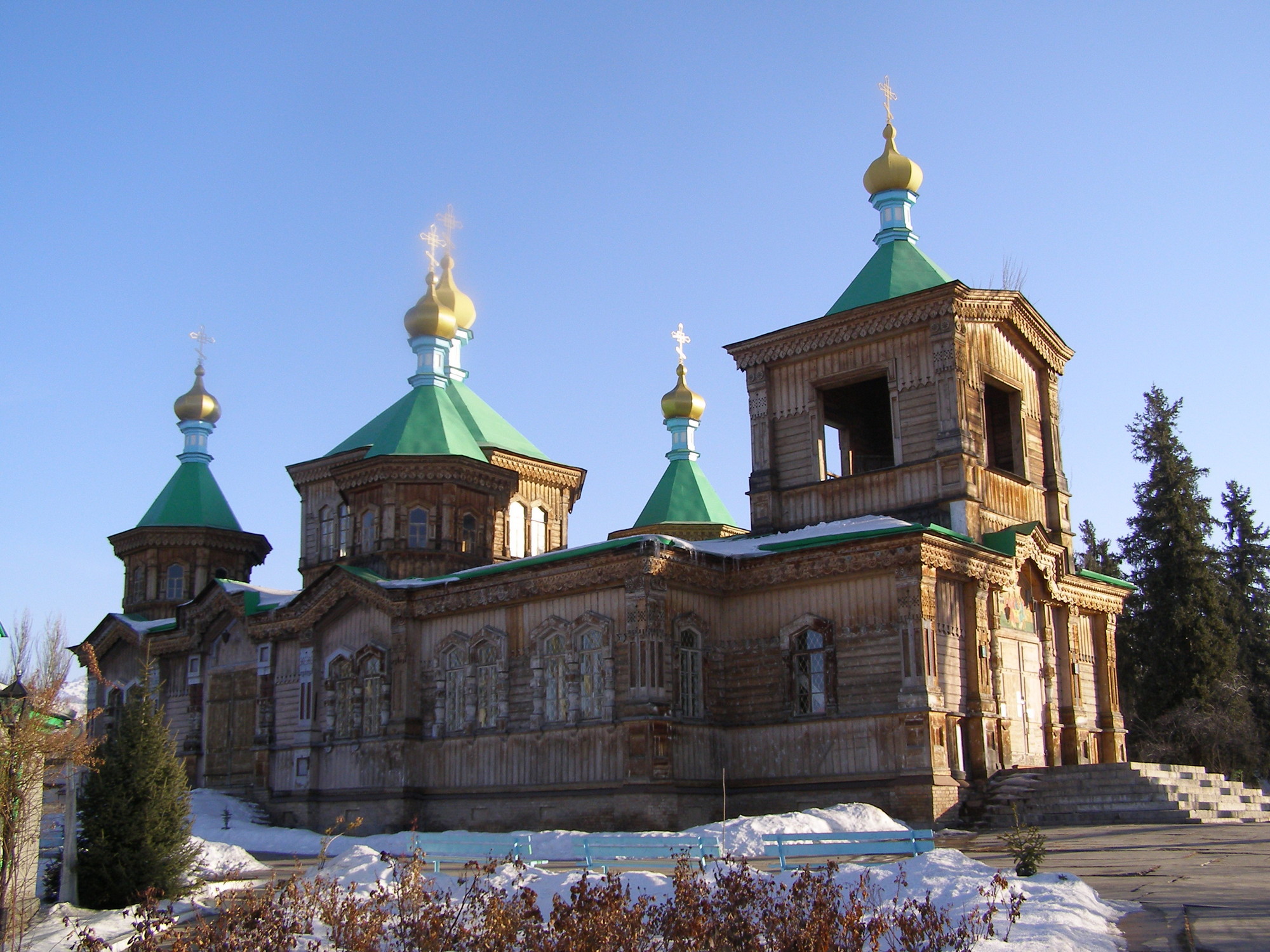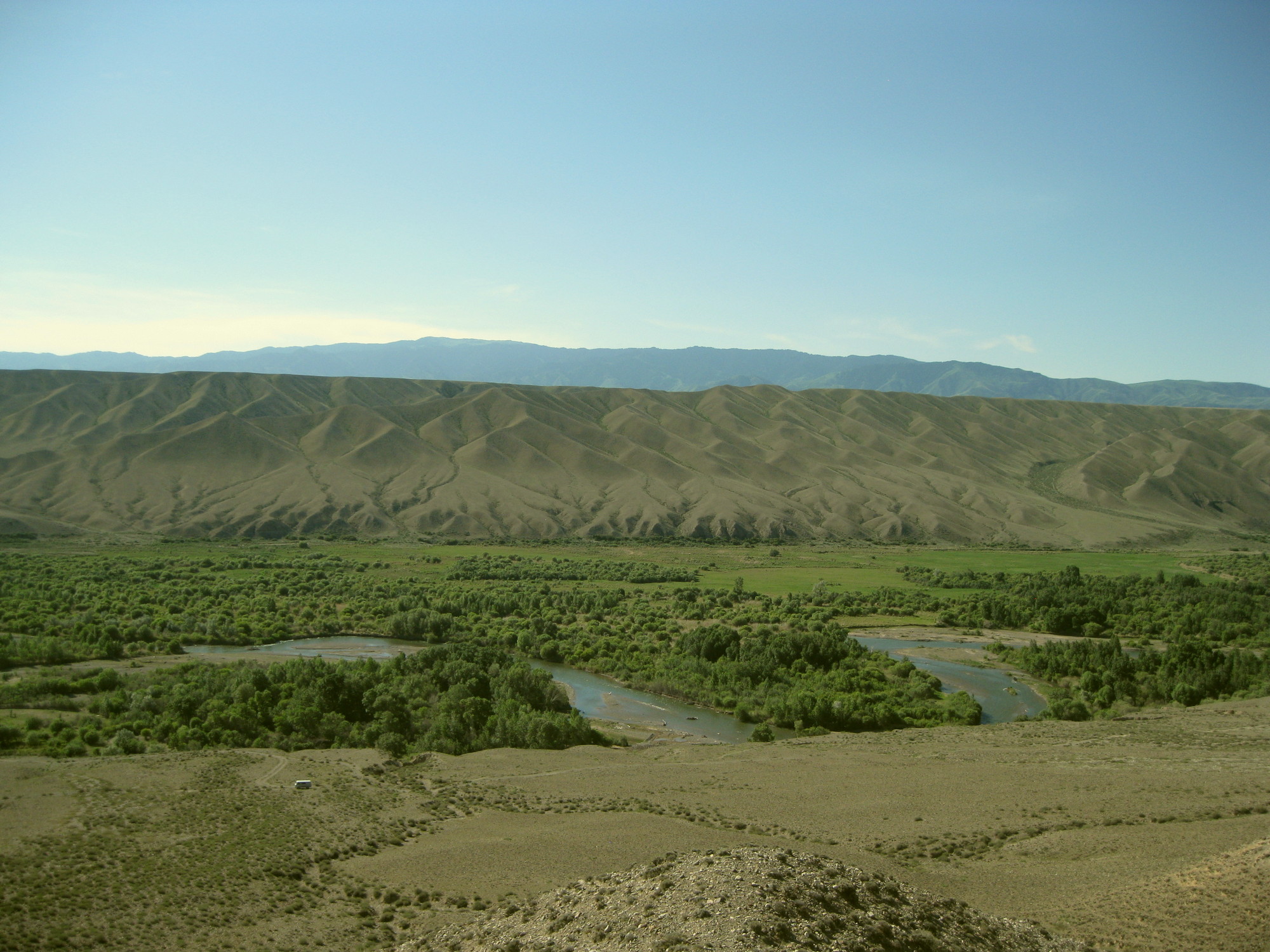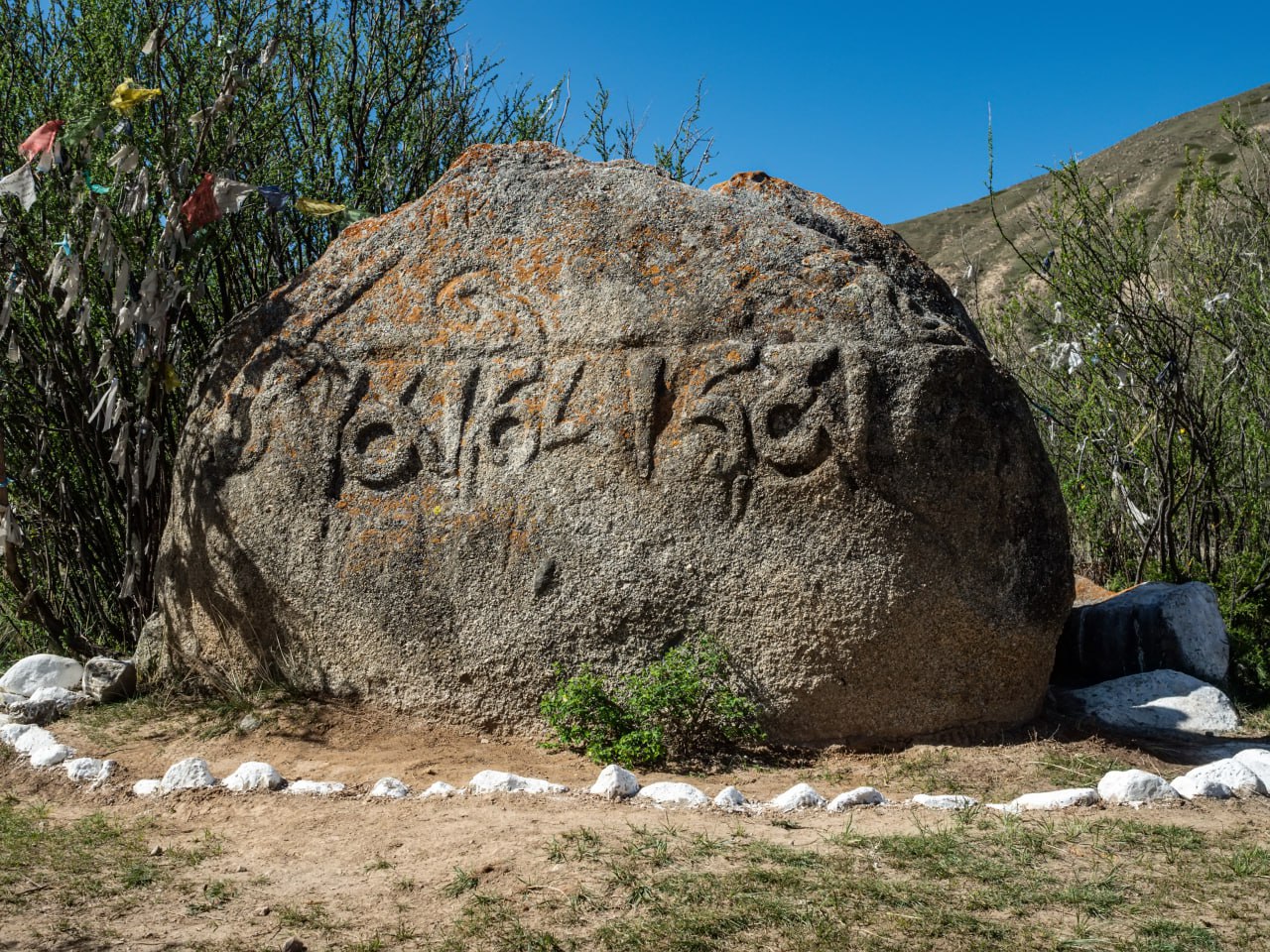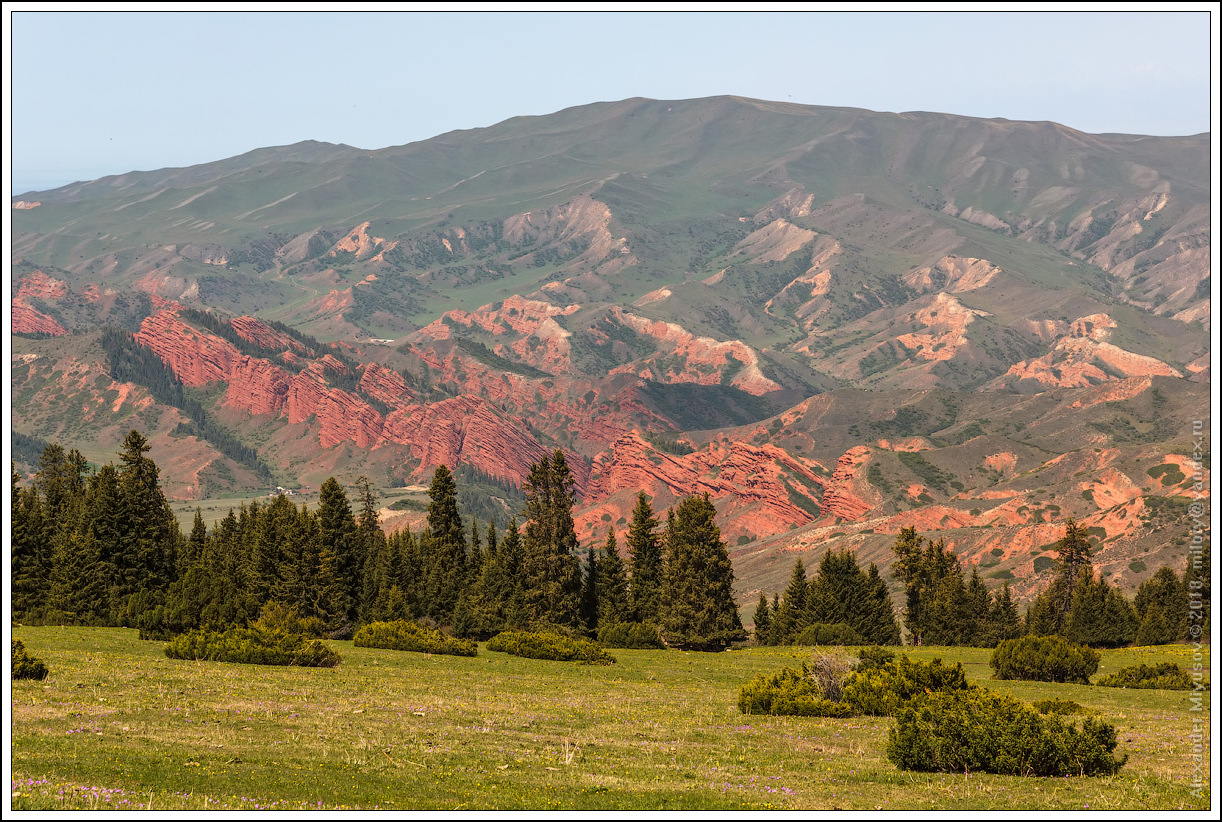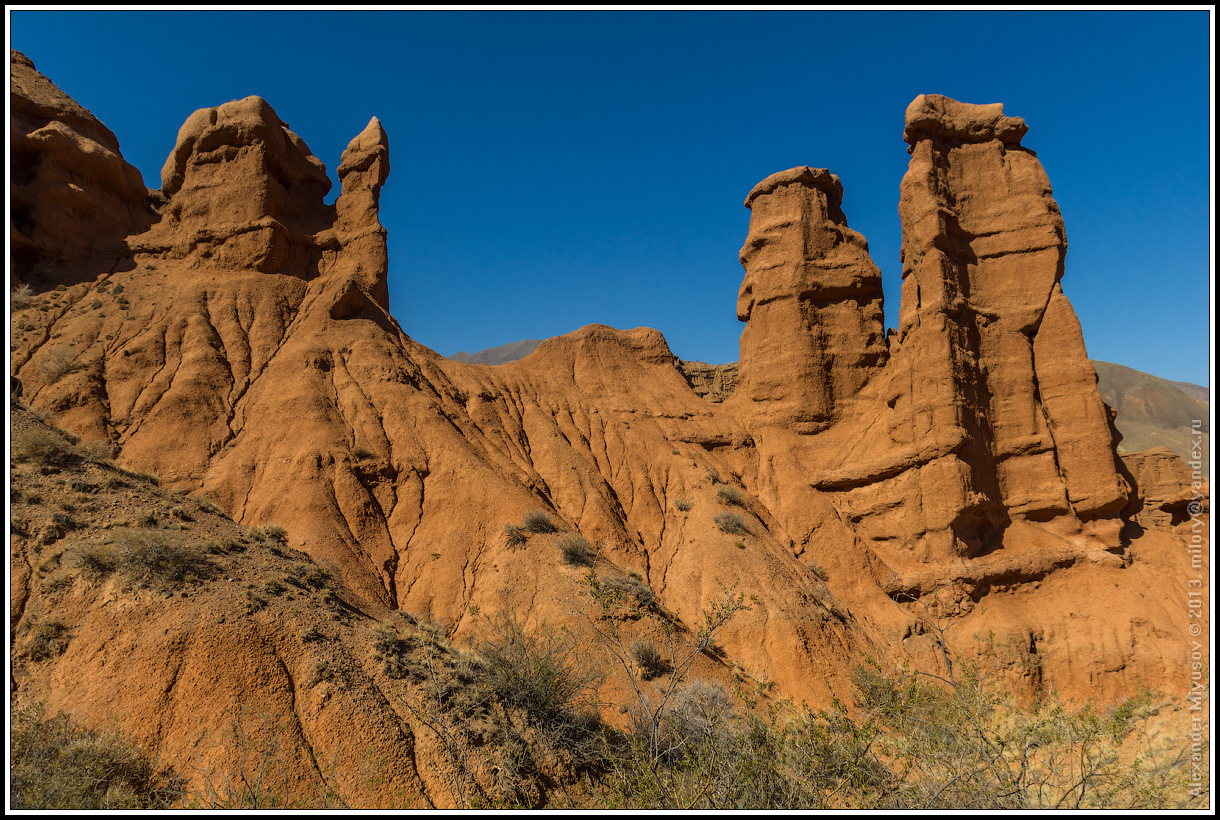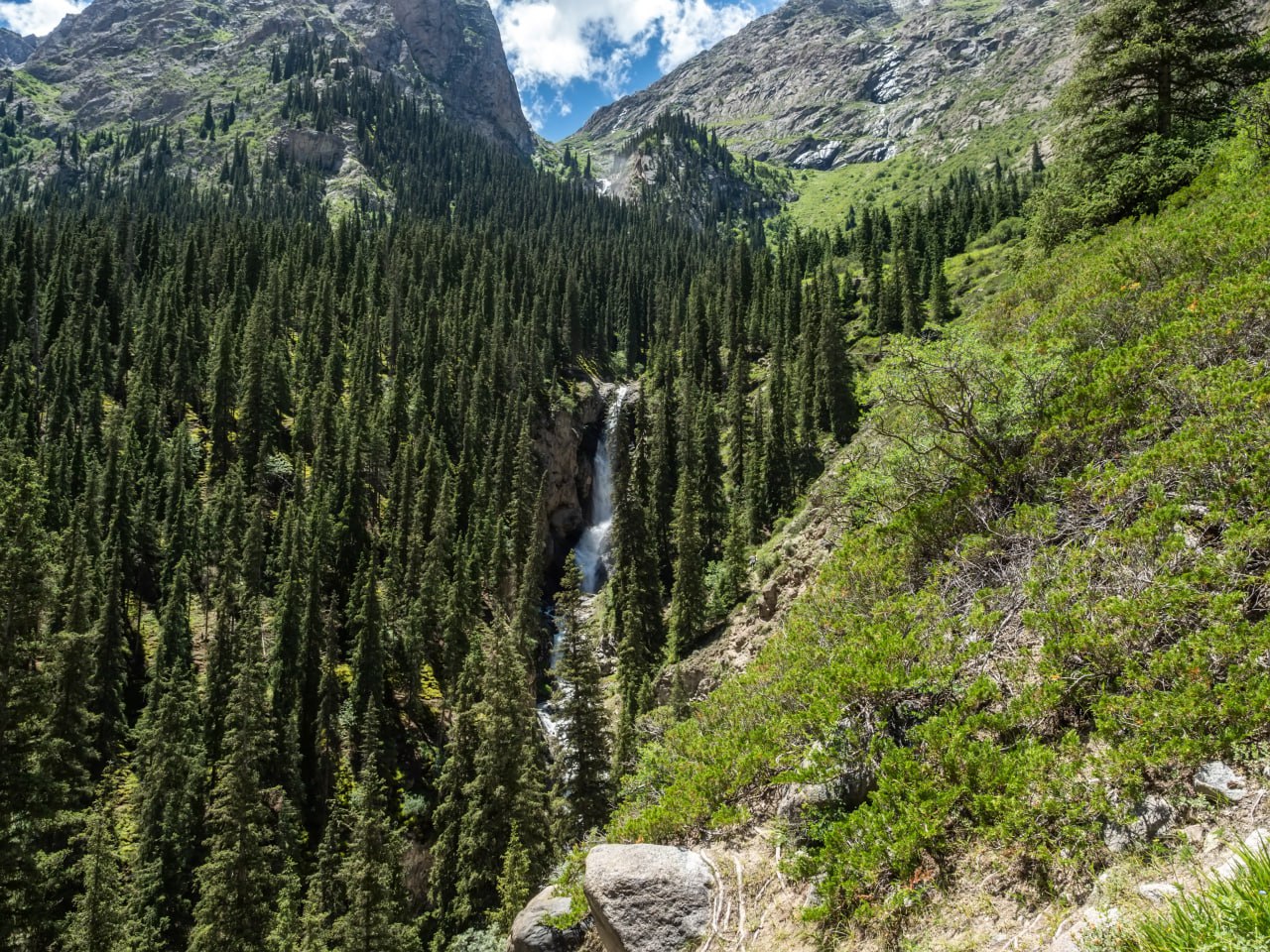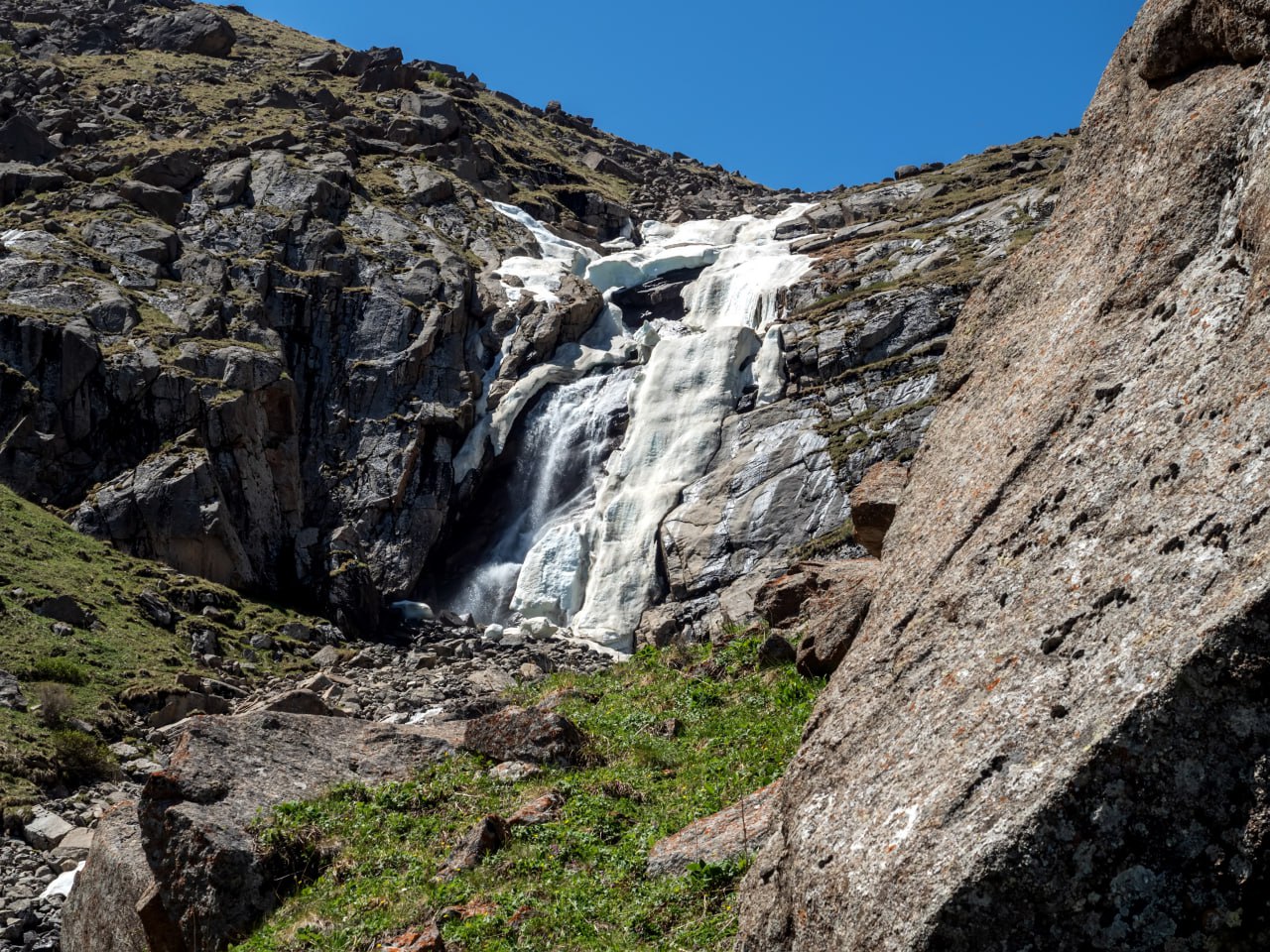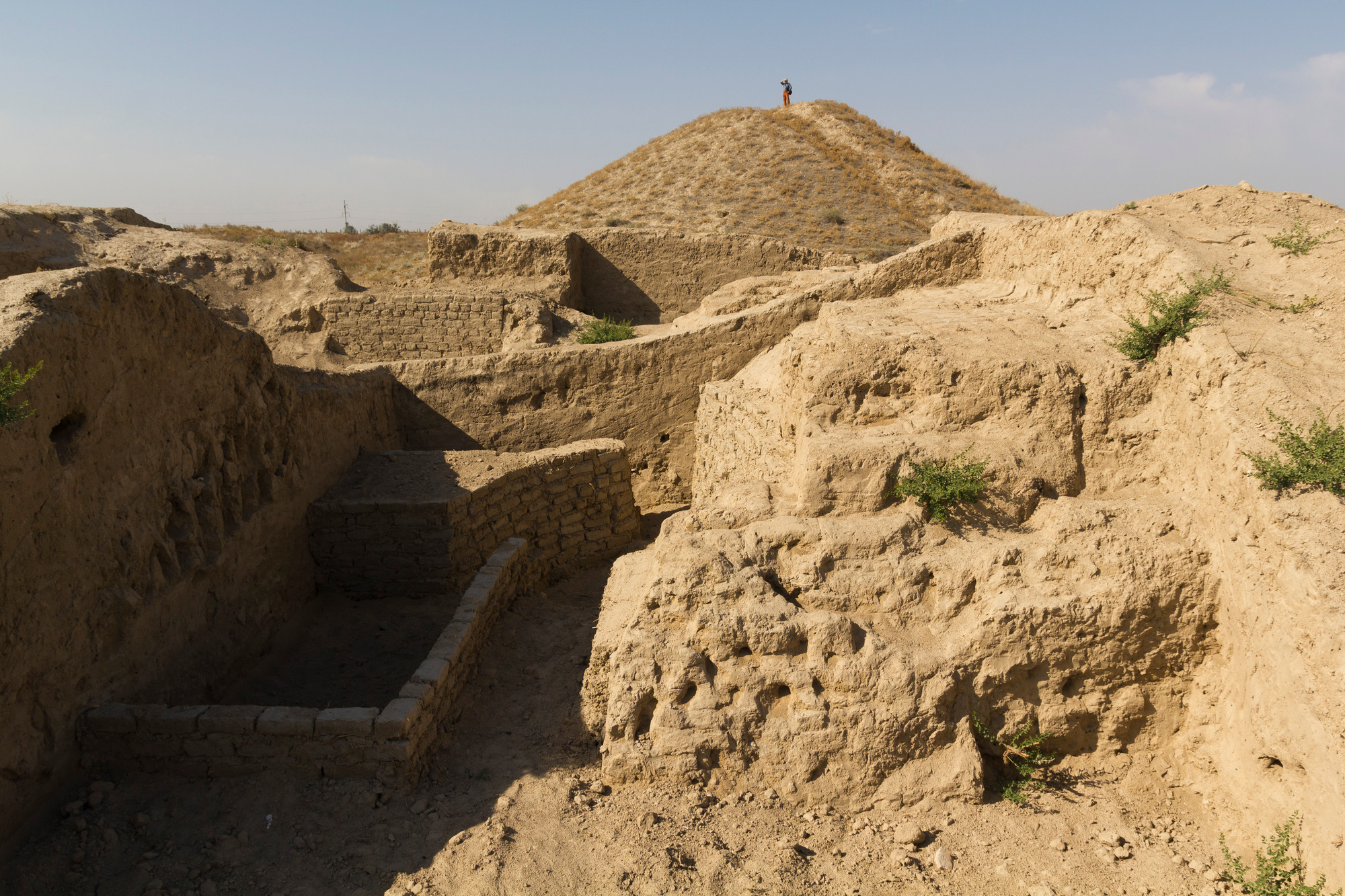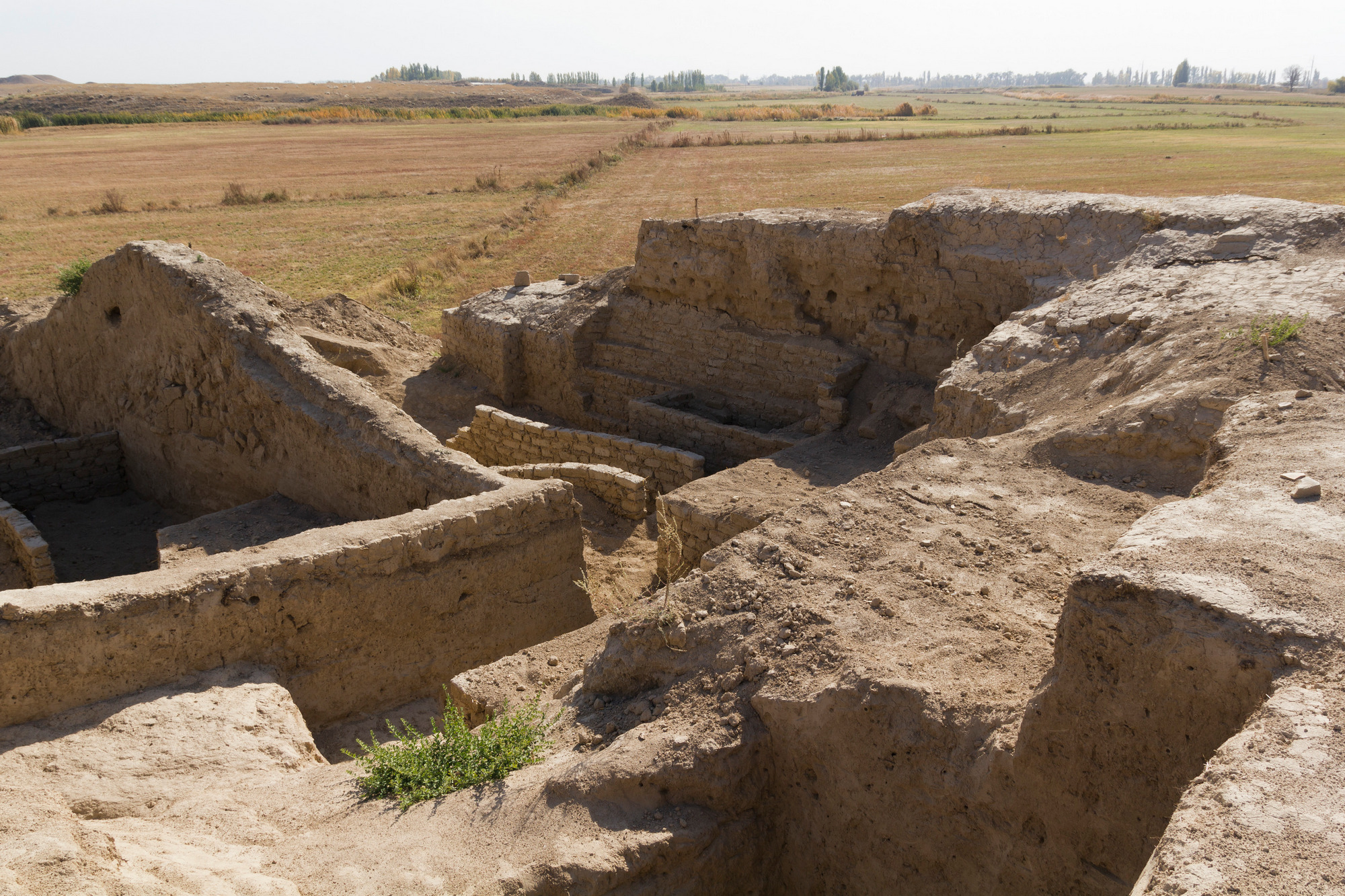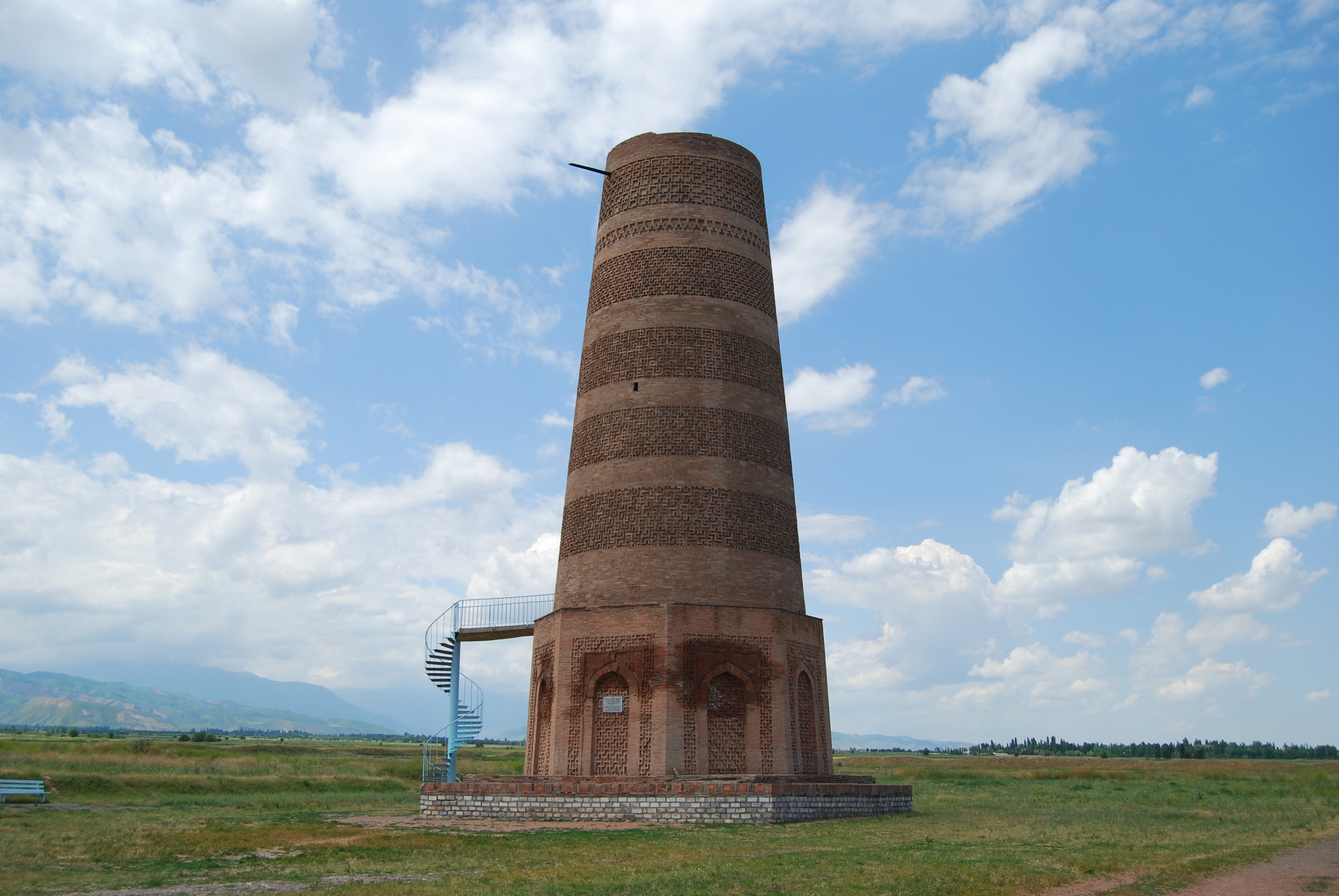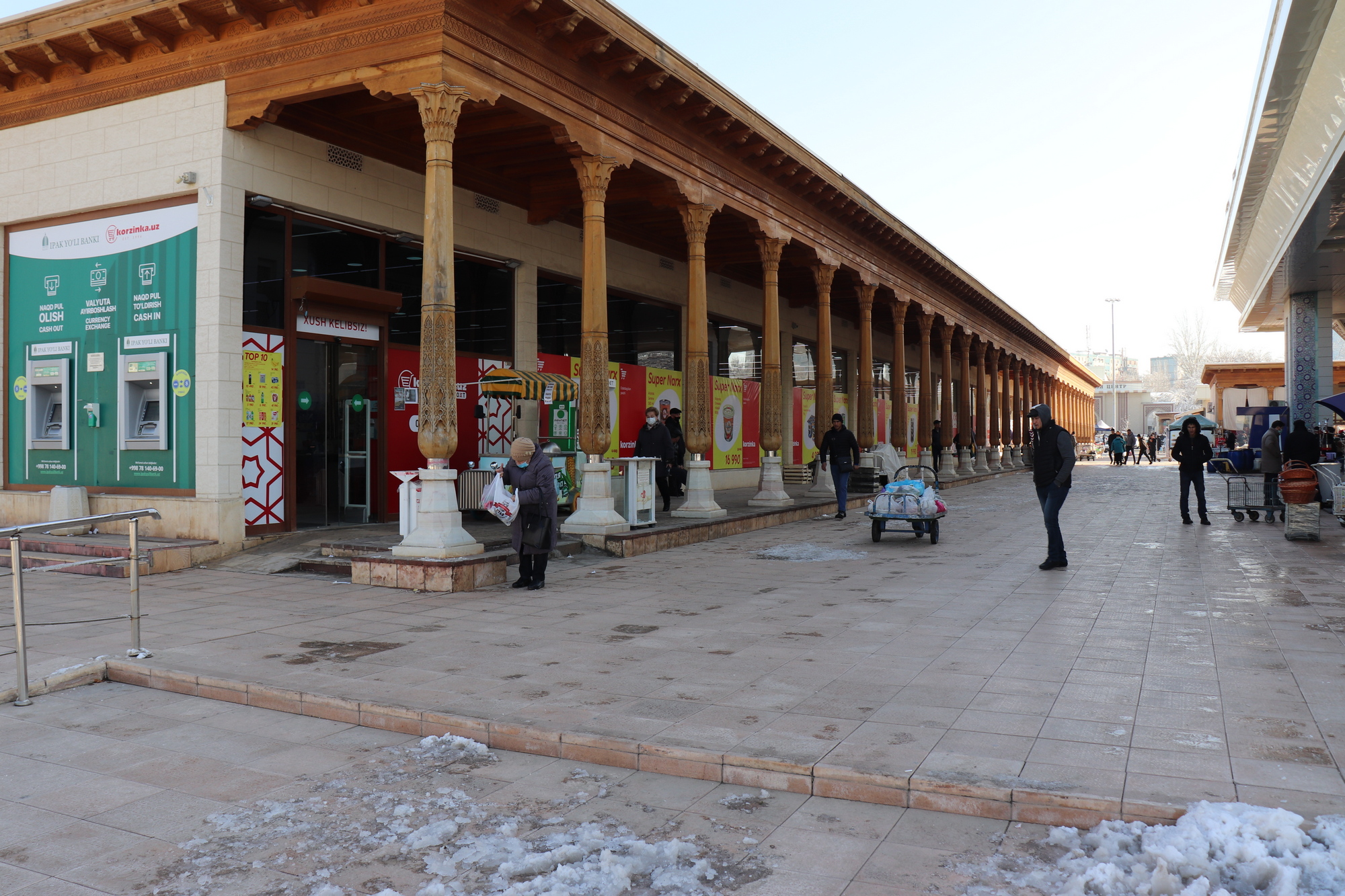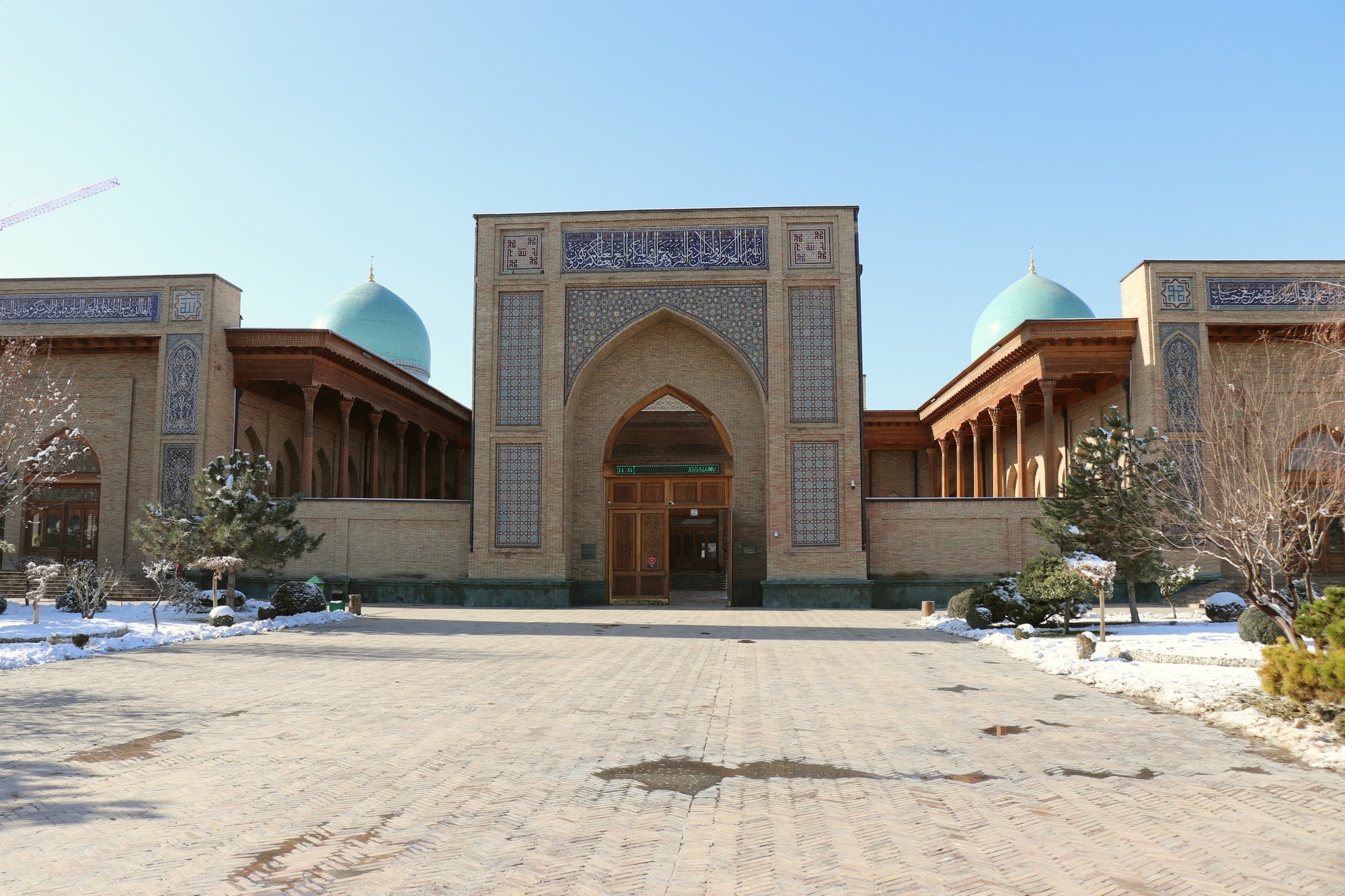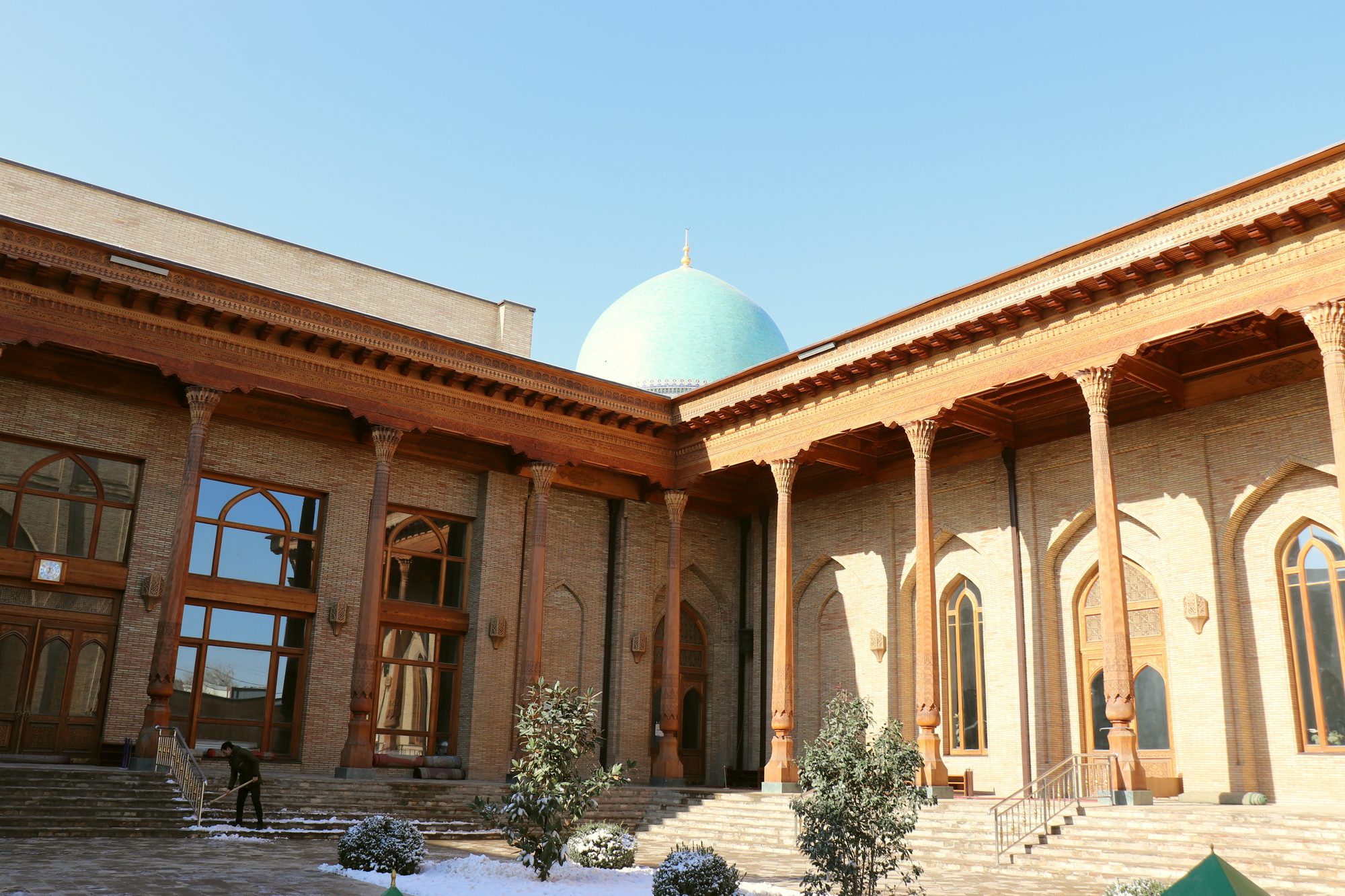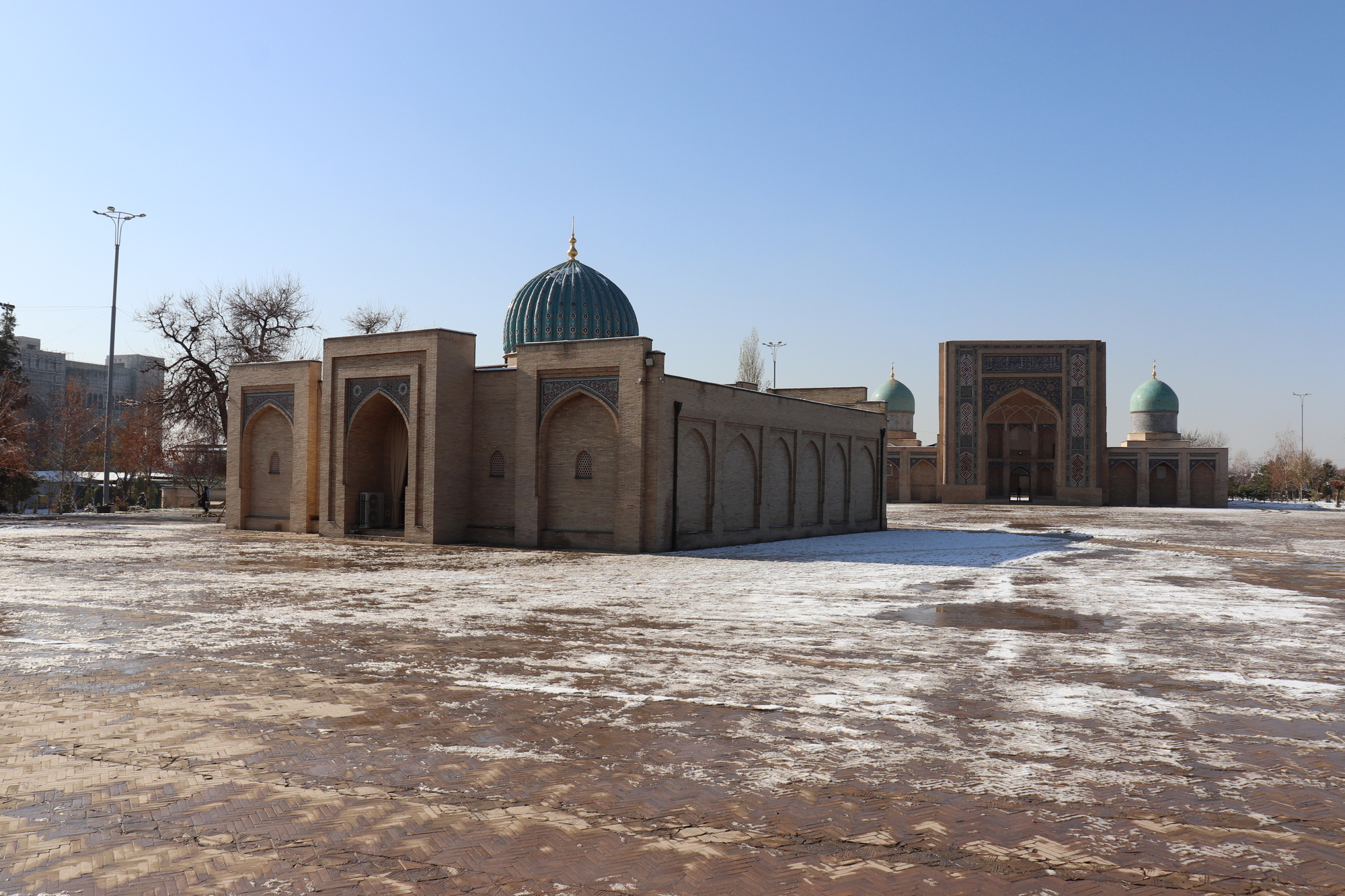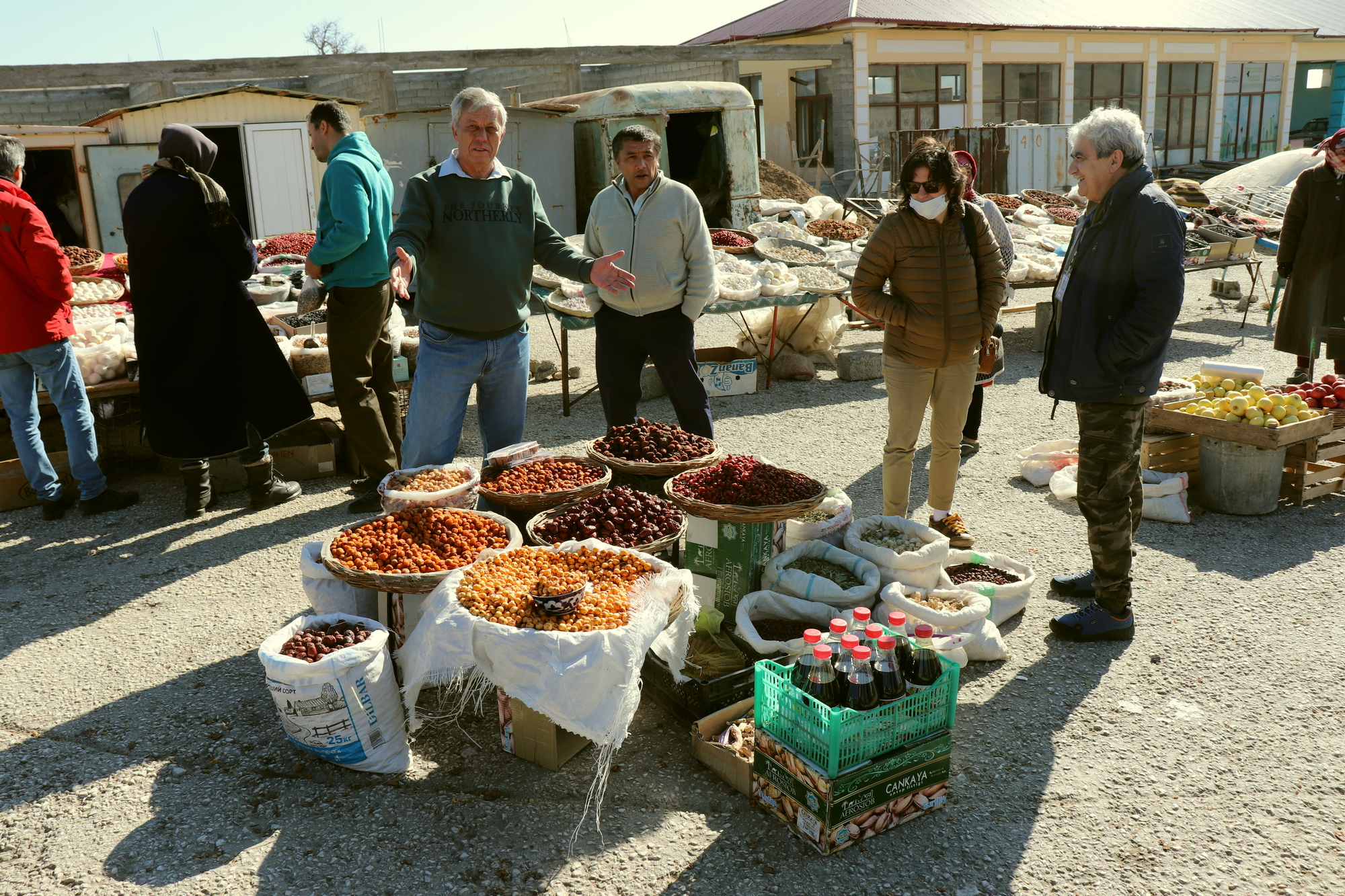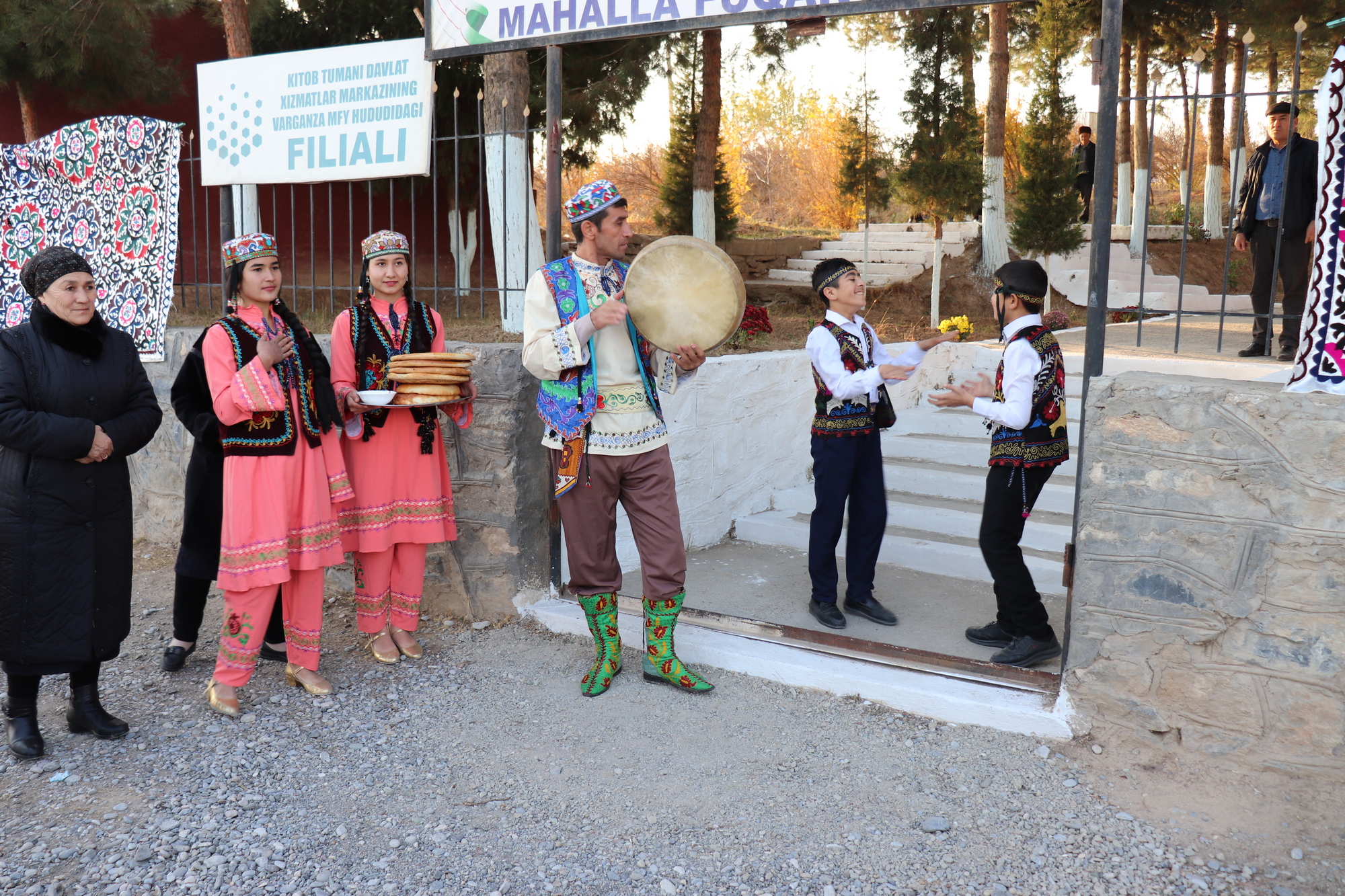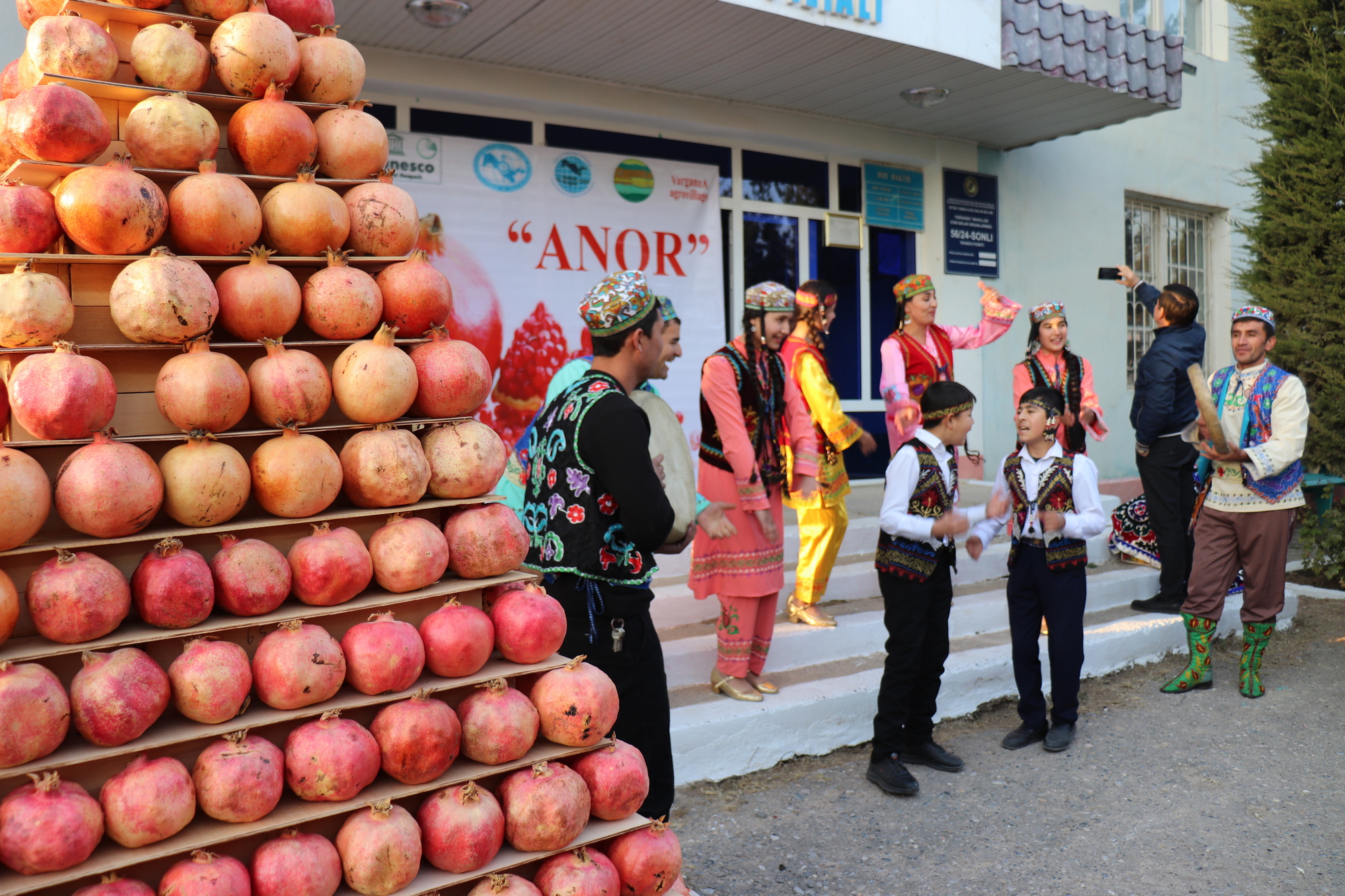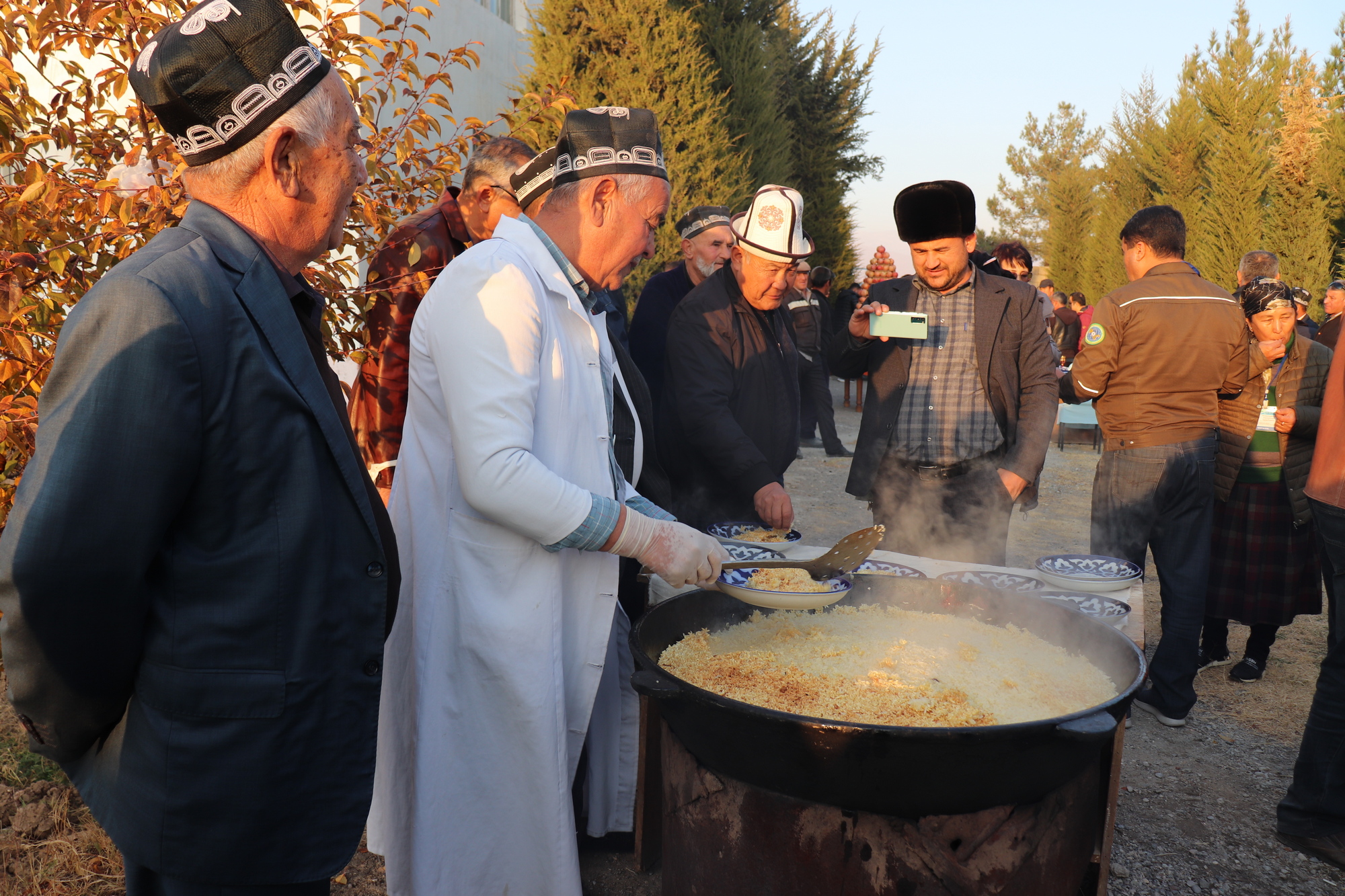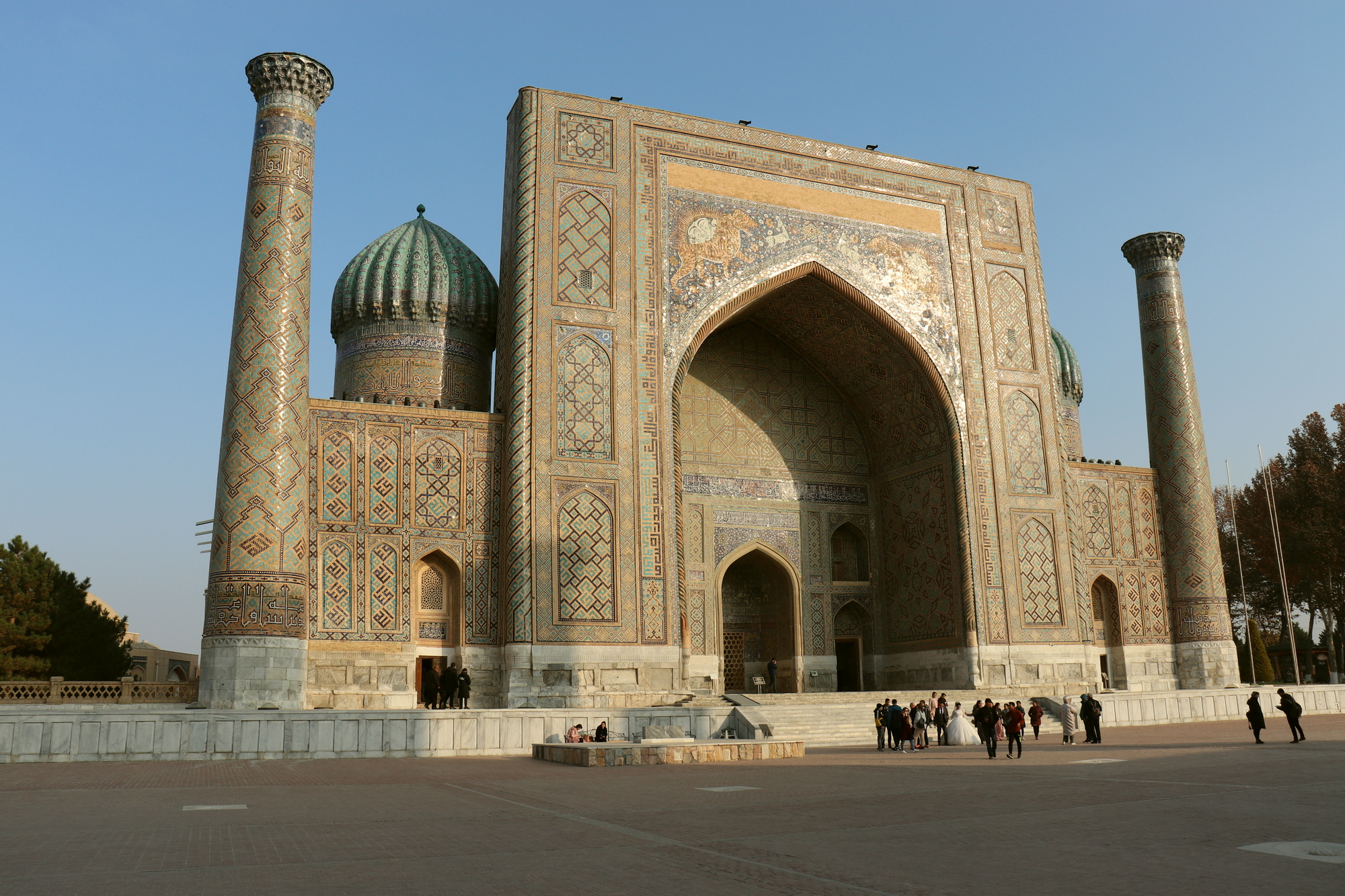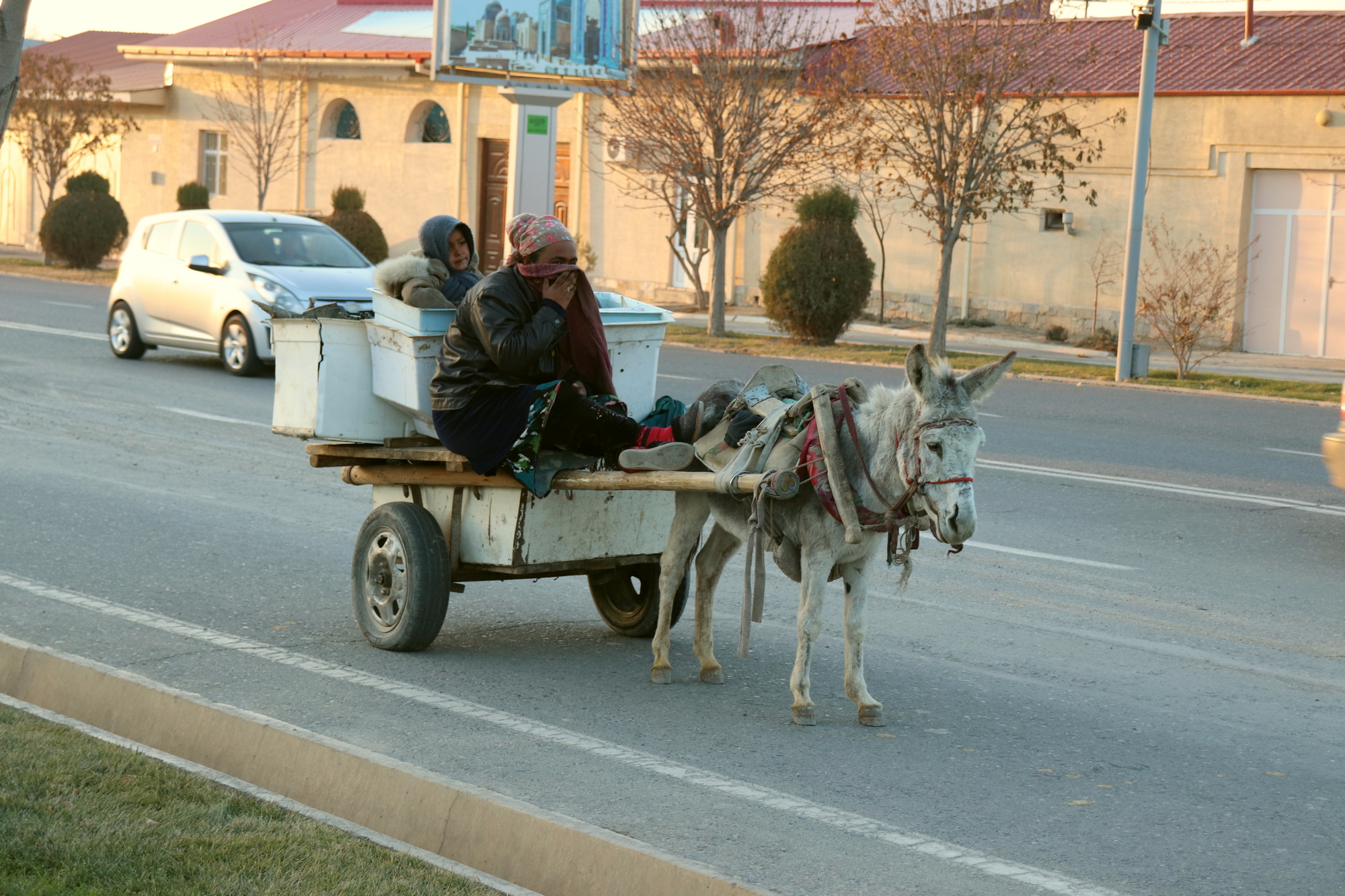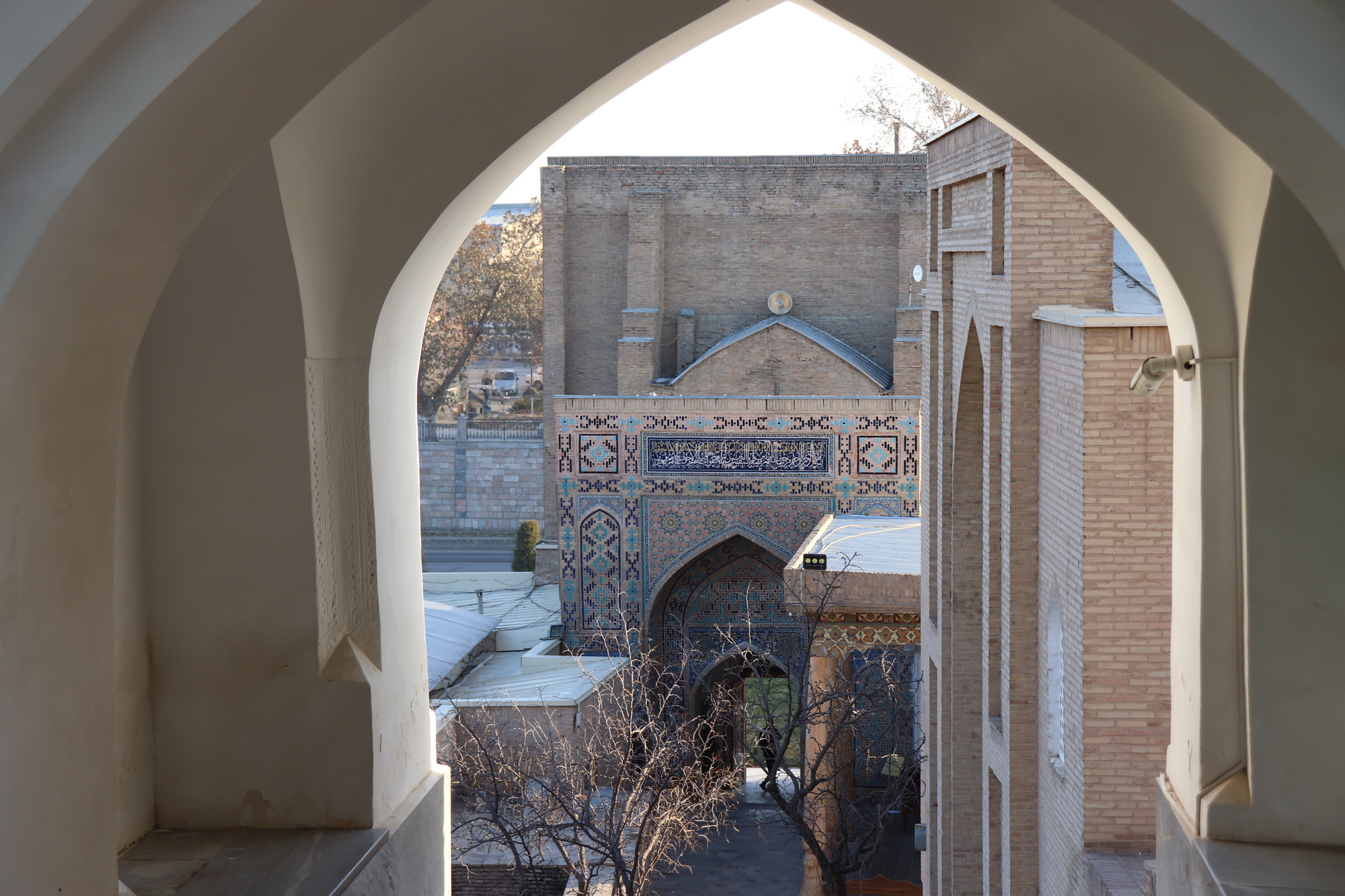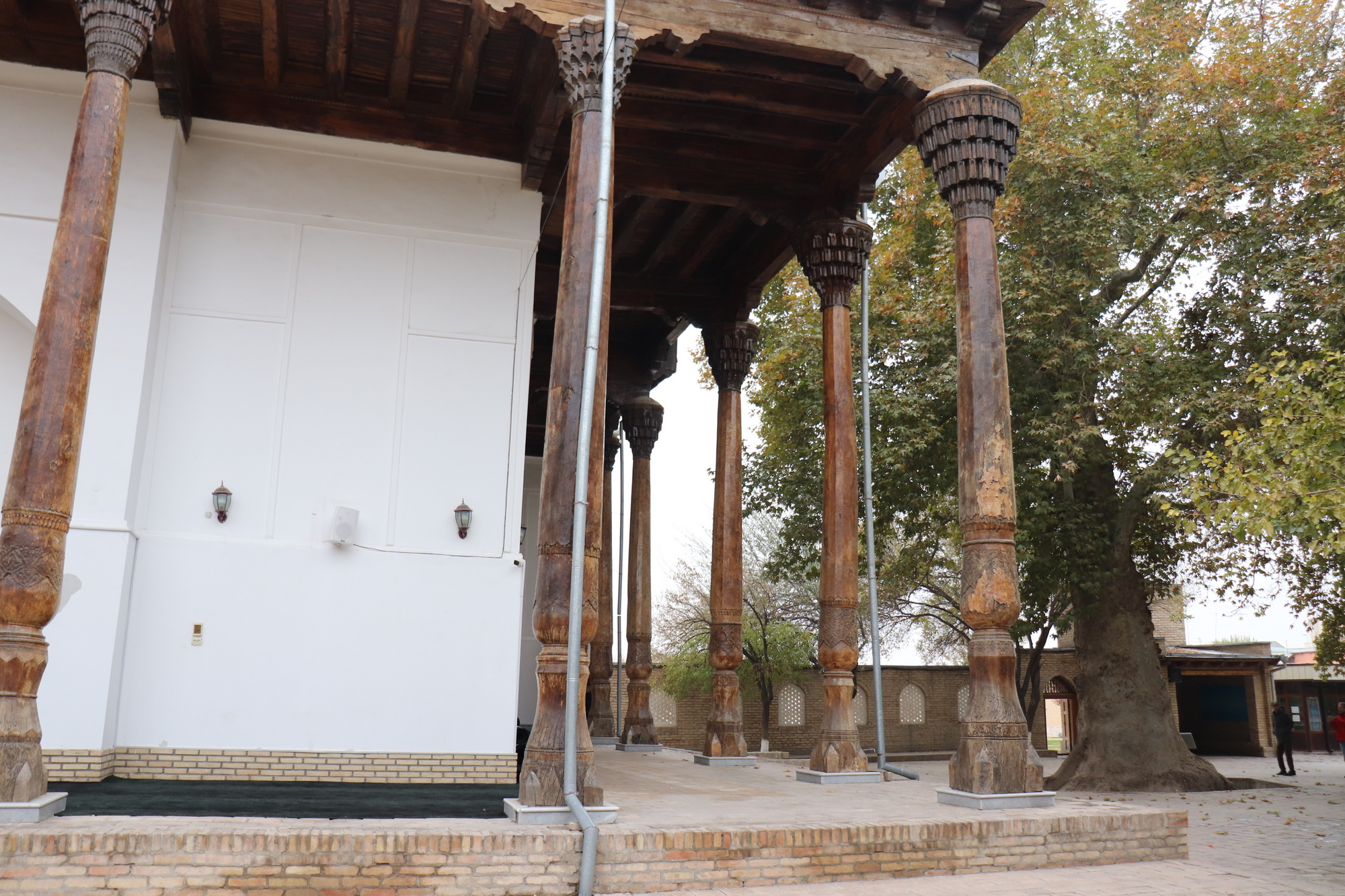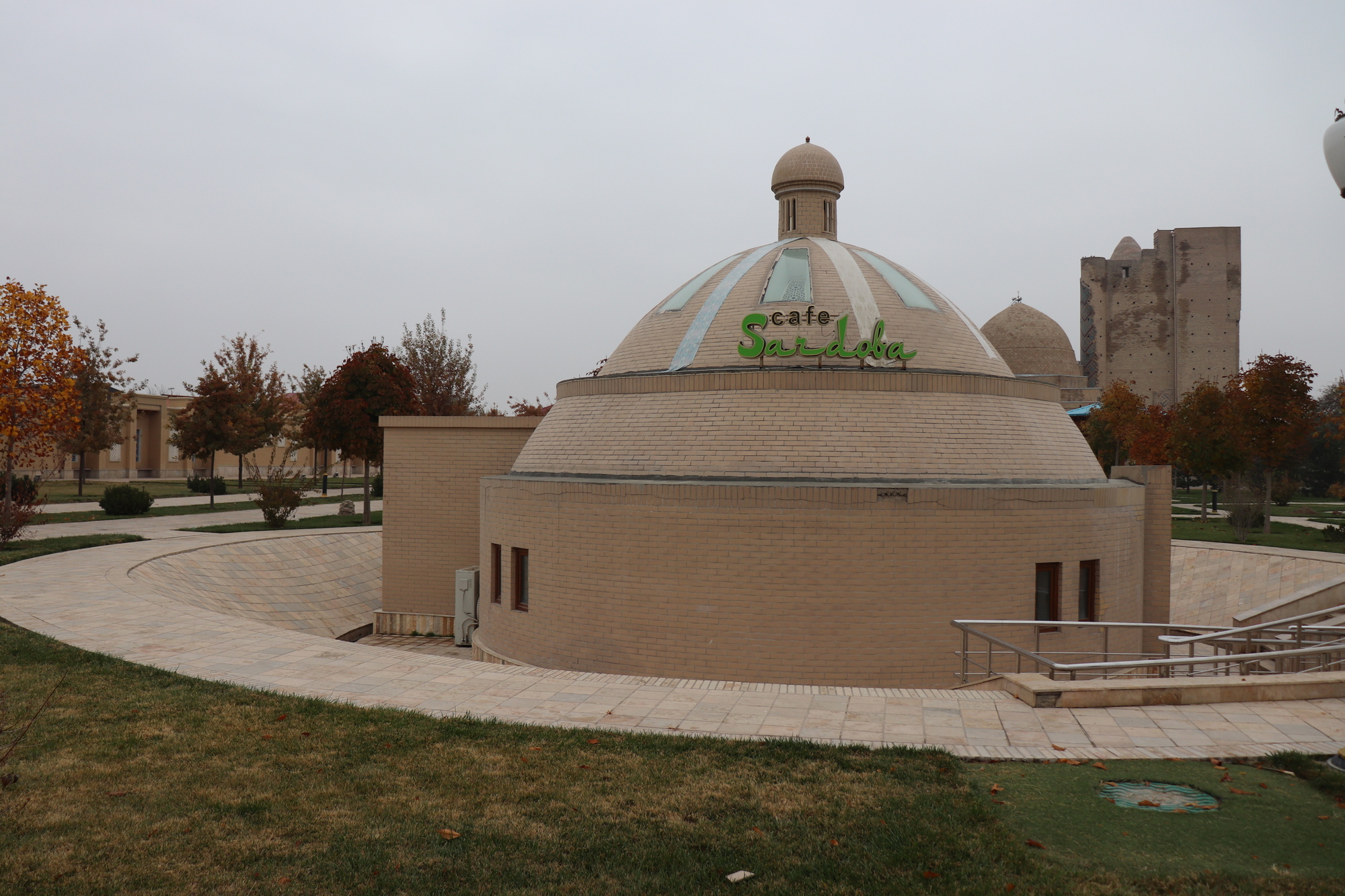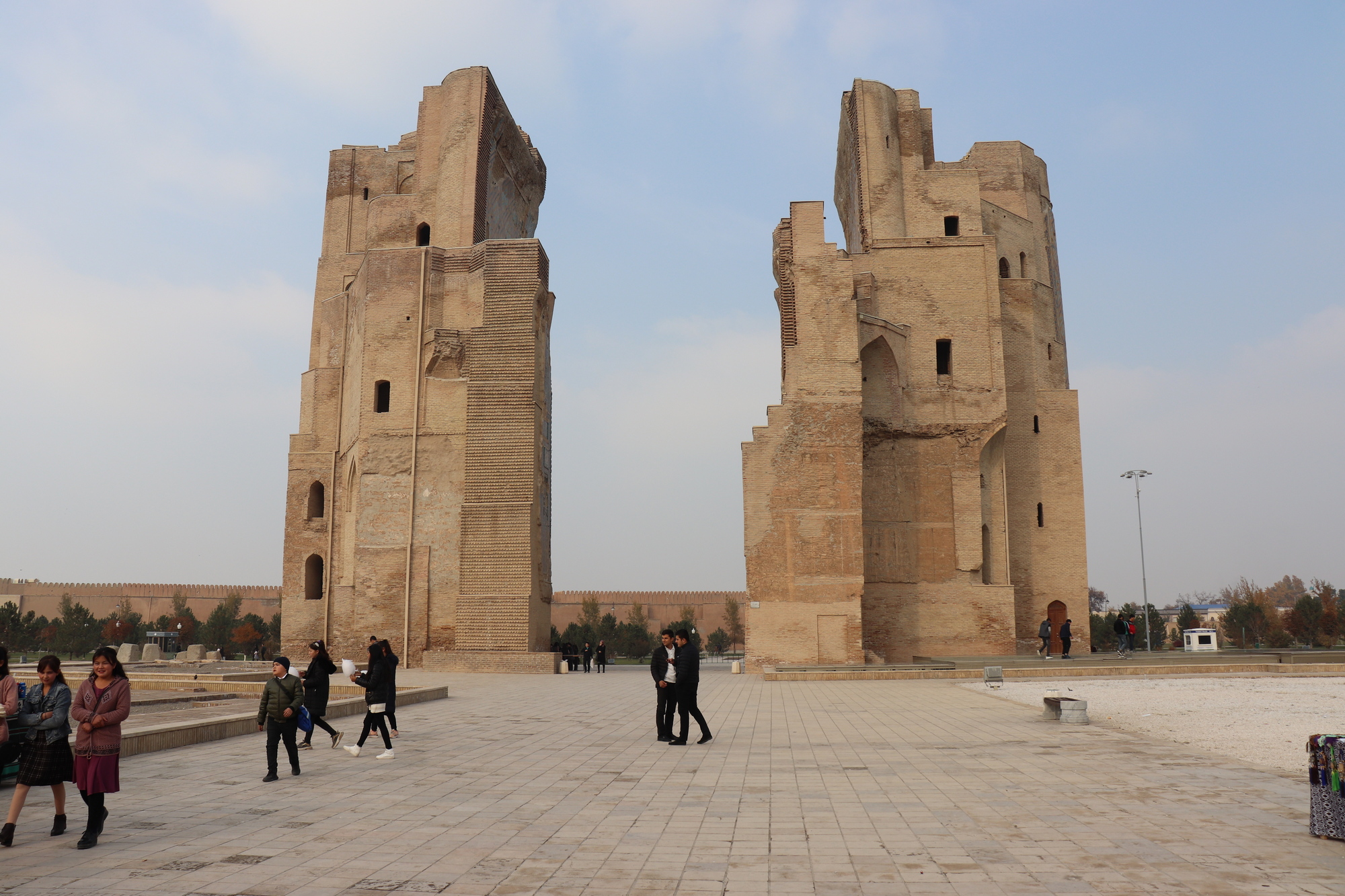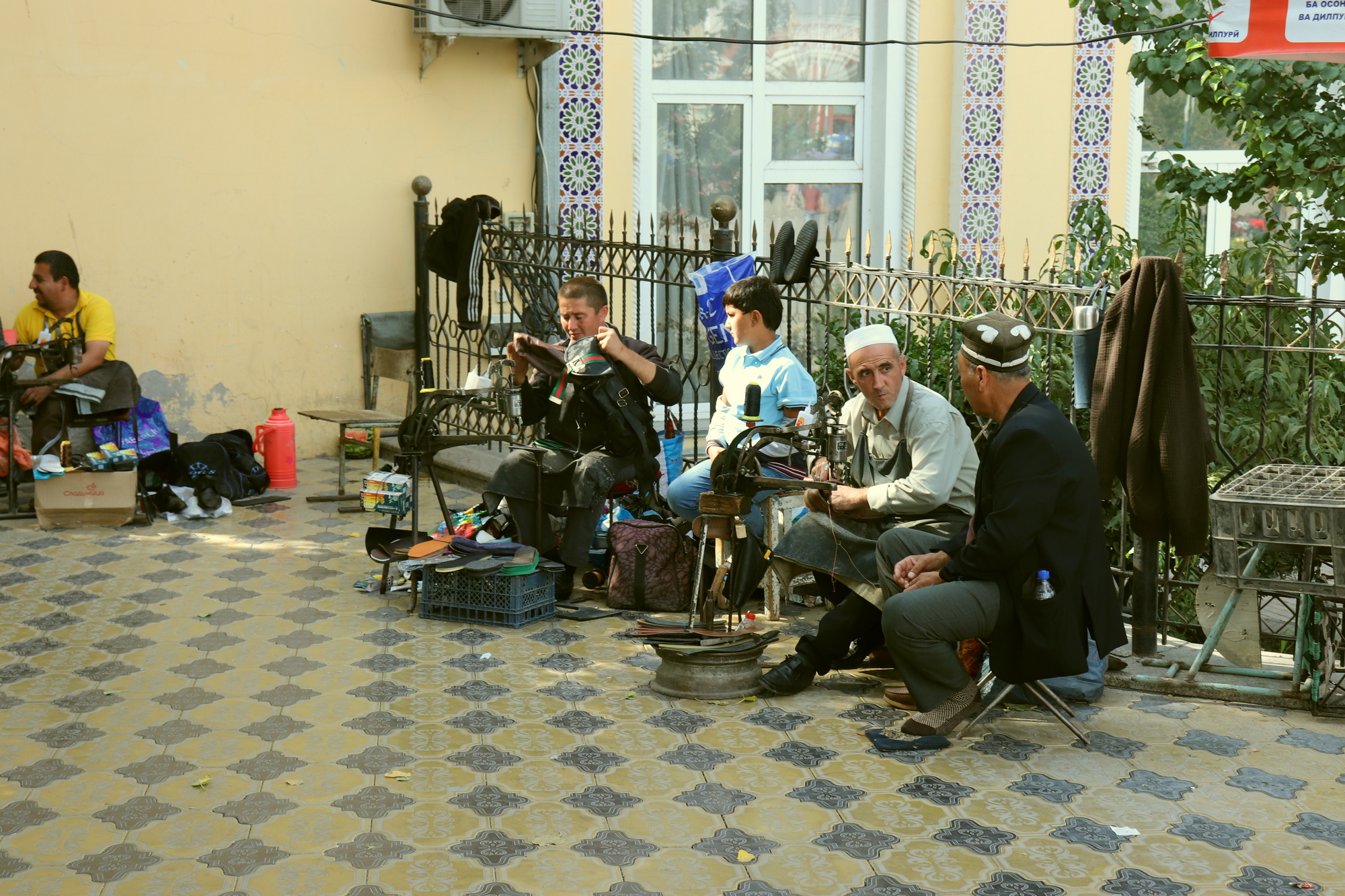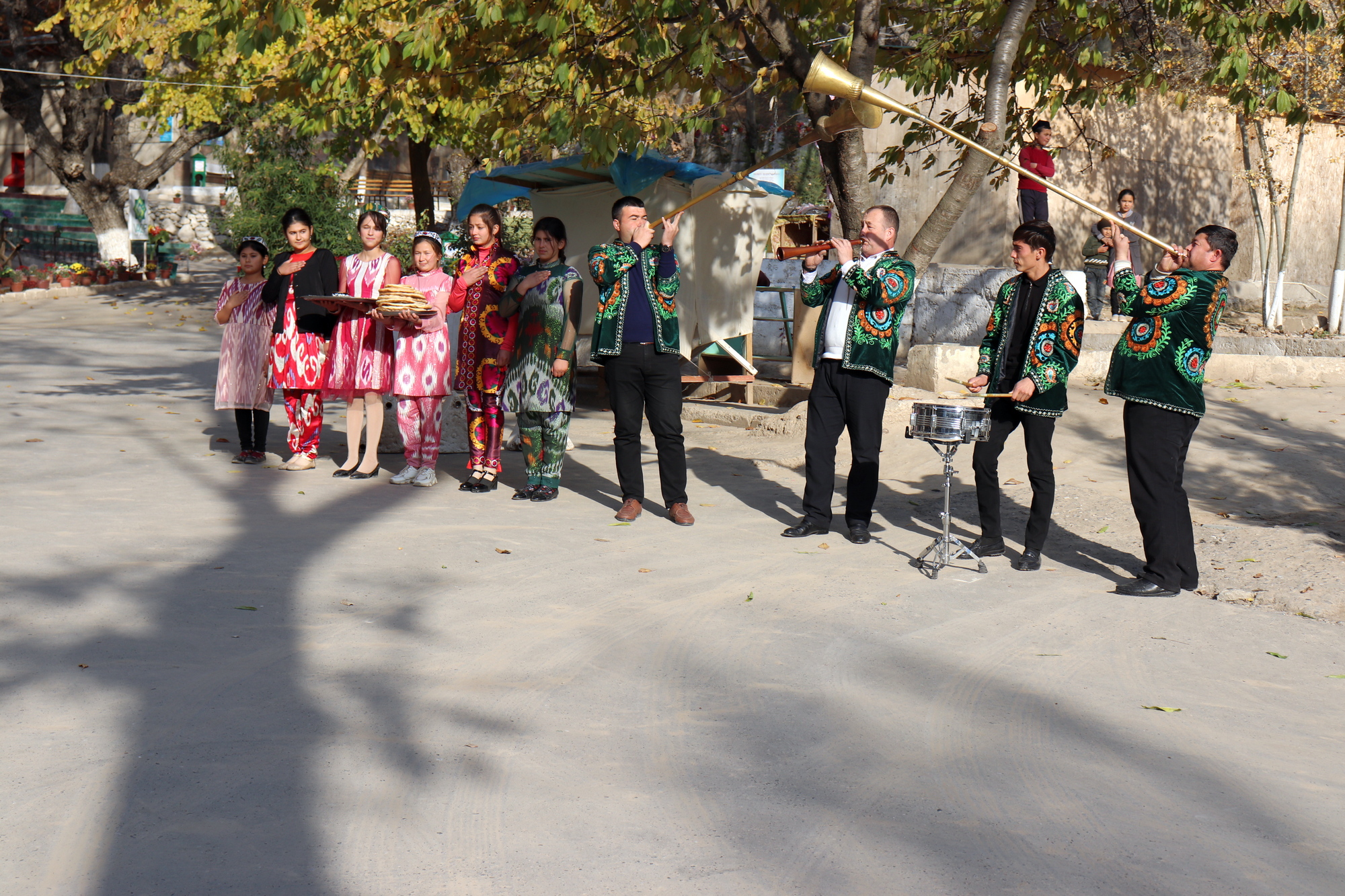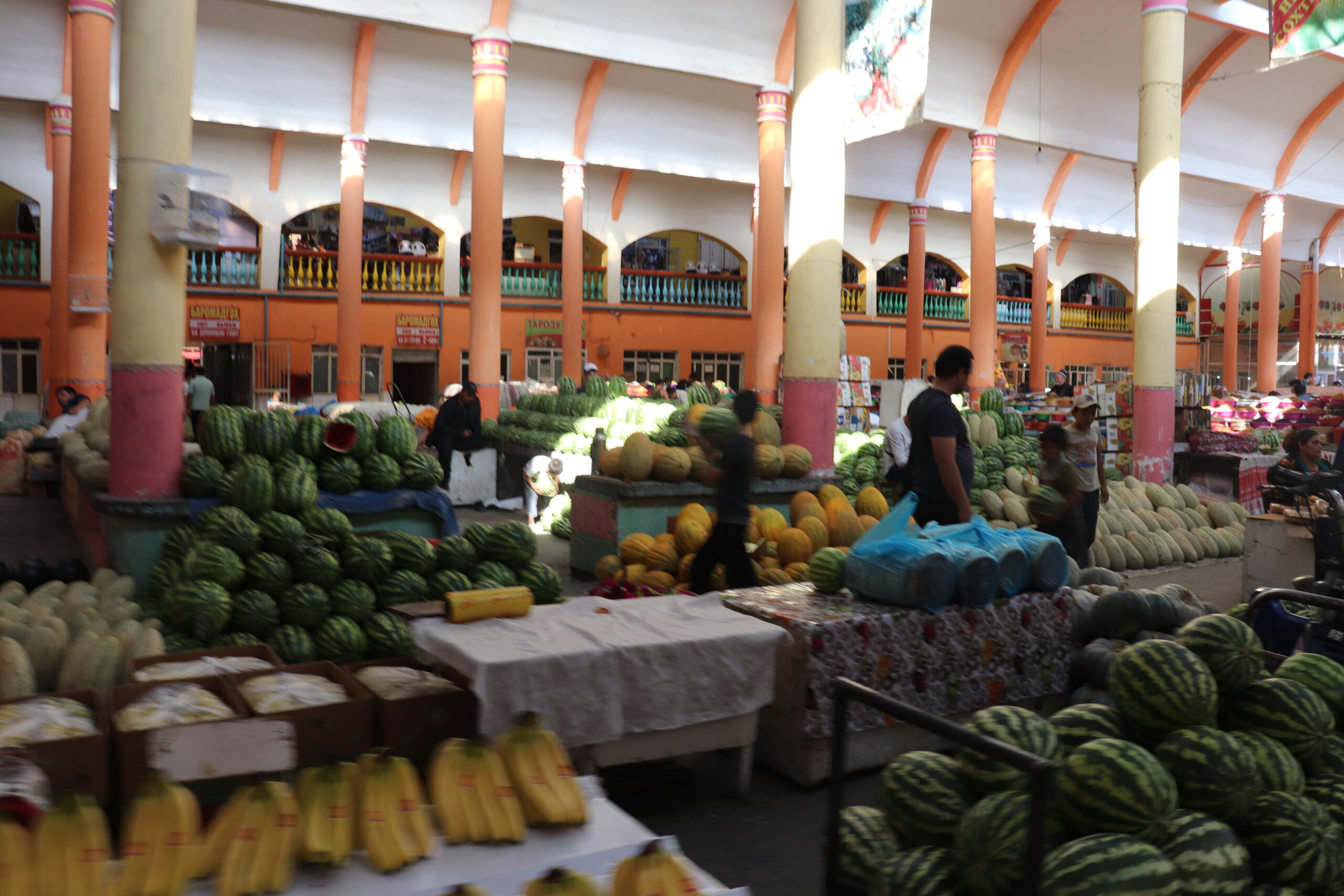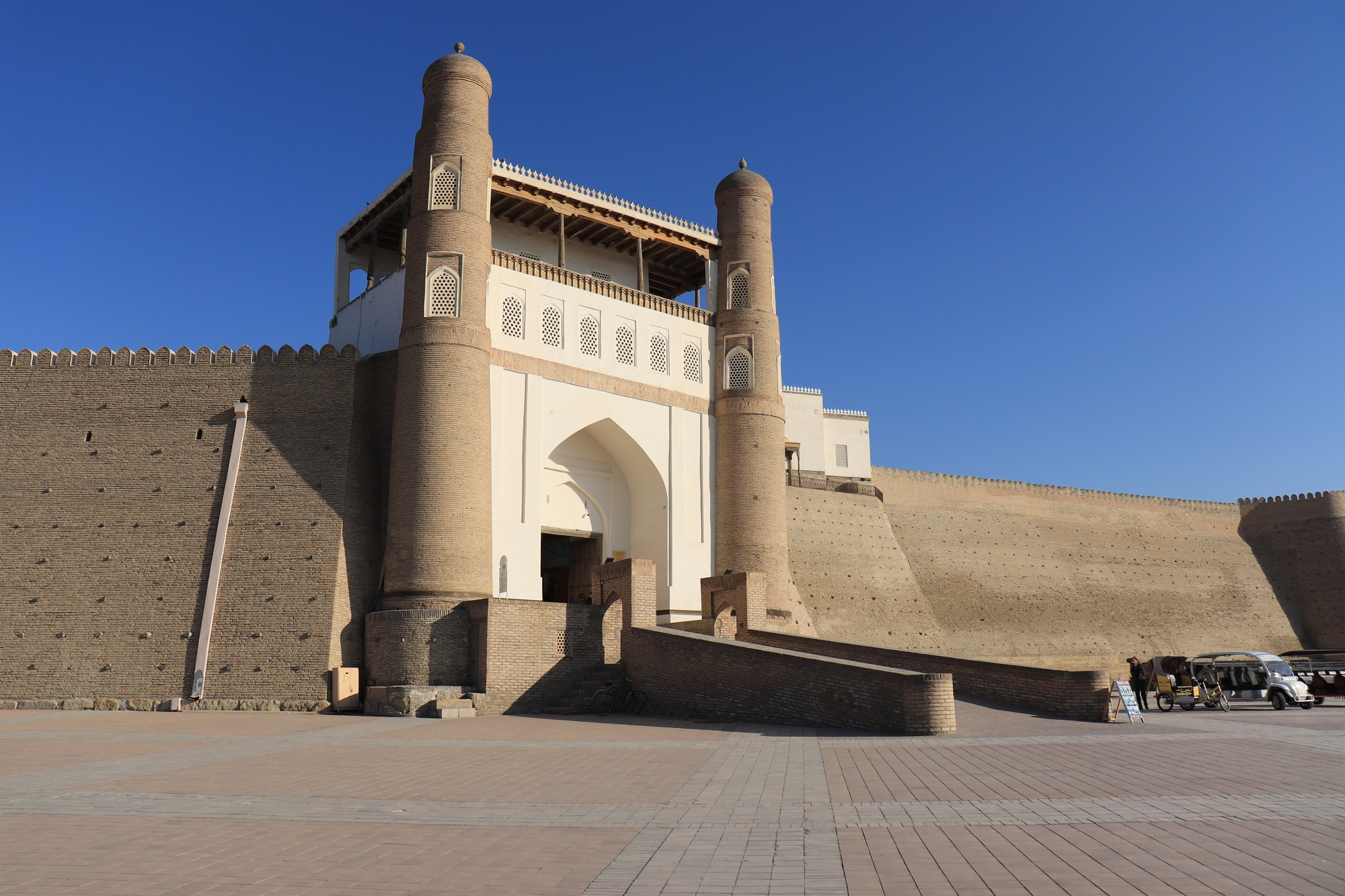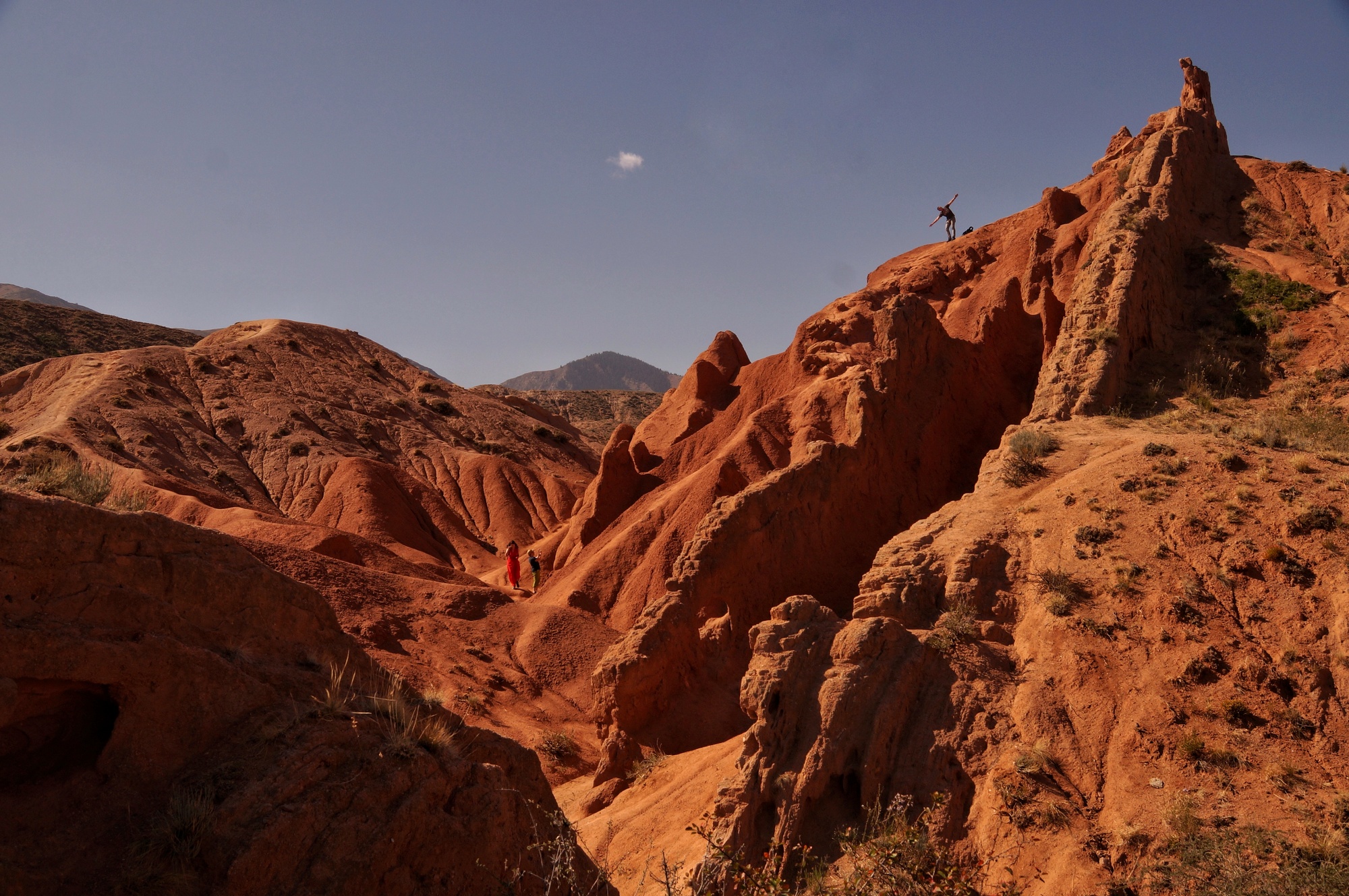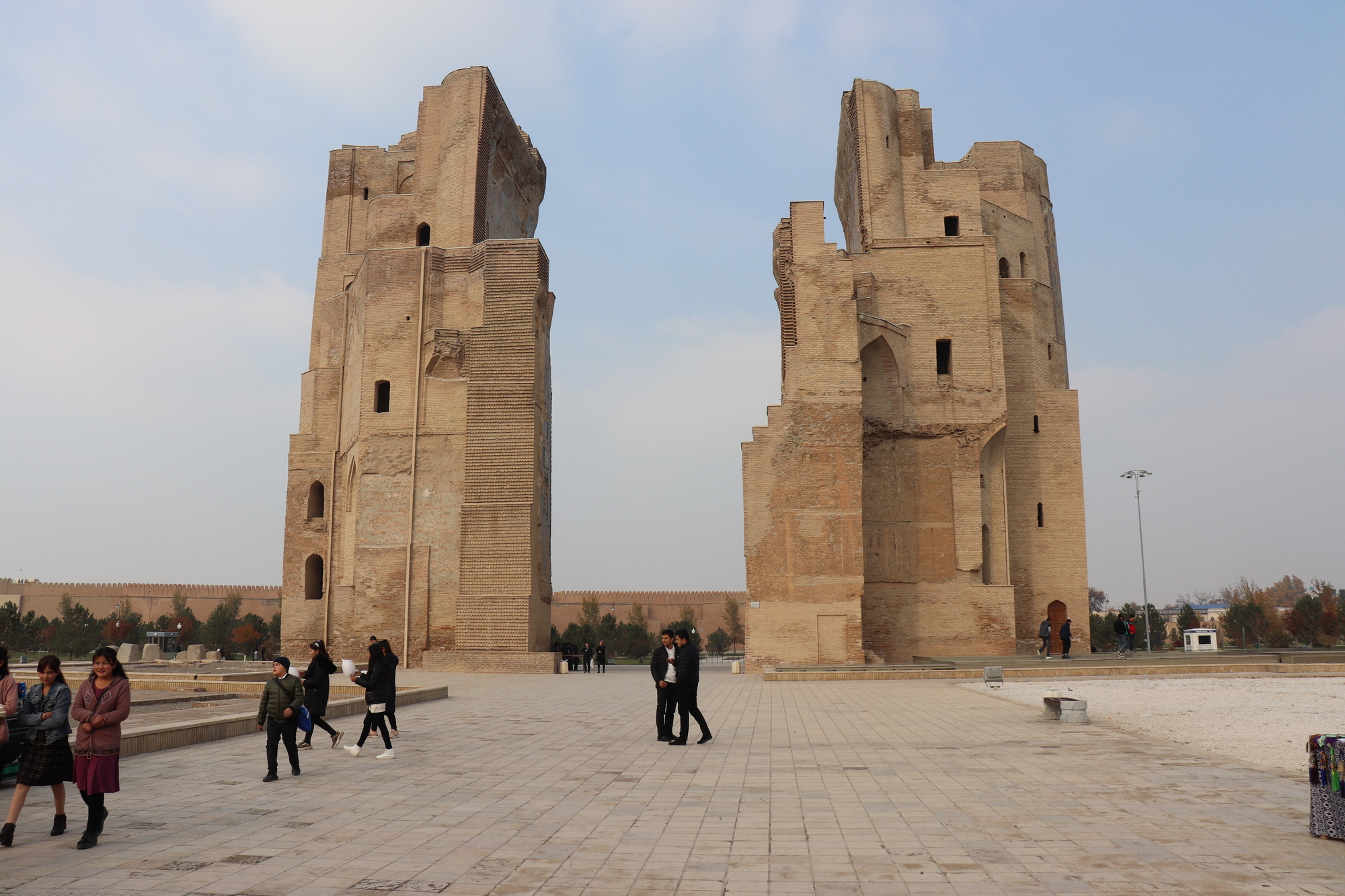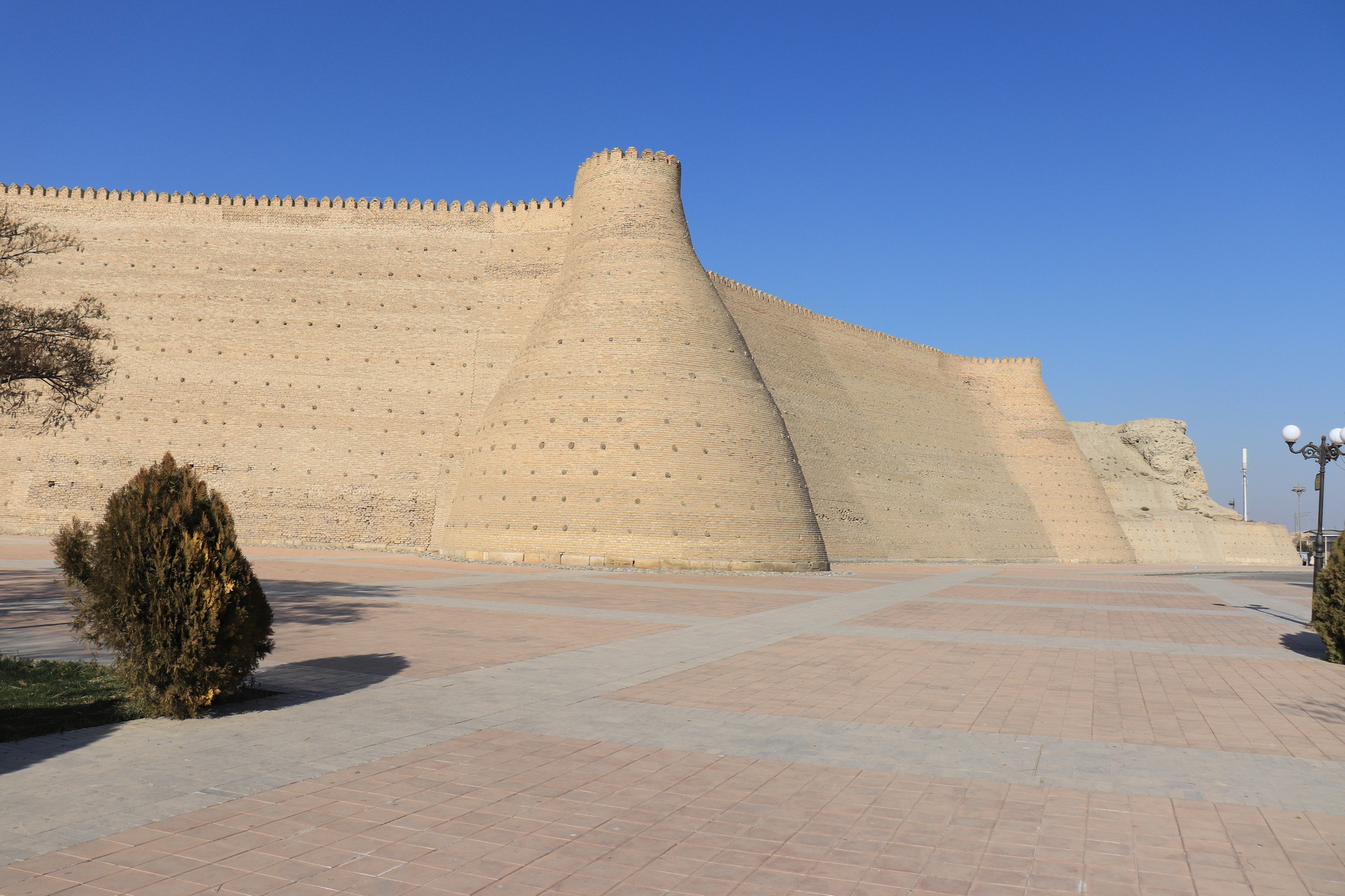Traveling along the Silk Road in Central Asia This journey takes place across 3 countries: Kazakhstan, Kyrgyzstan, Uzbekistan. The journey begins in the city of Almaty in Kazakhstan, and ends in the Bukhara city in Uzbekistan.
Travel dates: May 17 – 30, 2024. 7 places left.
September 13 -26, 2024. 9 places left.
Leave a request right now by email info@geoexplorersclub.com
Route: Almaty – Chundzha village – Karkara – Karakol – Kaji-Sai – Bishkek – air flight – Tashkent – Samarkand – Shakhrisabz – Bukhara
Experience one of the greatest journeys of your life – a journey along the ancient Silk Road in Central Asia. You will touch the conglomerate of cultures of the peoples of Central Asia, experience the feelings of a nomad, imagine yourself as a craftsman or farmer, learn about ethnographies, see the ruins and splendor of ancient cities, hot deserts, historical monuments of cultural heritage, magnificent natural landscapes and monumental monuments of natural heritage along the routes of the ancient Silk Road ways. Central Asia attracts thousands of tourists from around the world. Traveling along the routes of the Silk Road is the philosophy of life of many ancient and modern traders and scientific travelers. Welcome to the routes of the Great Silk Road! Applications are accepted at least 30 days in advance
About the Great Silk Road The Great Silk Road was a caravan route that connected East Asia with the Mediterranean in Antiquity and the Middle Ages. It was primarily used to export silk from China, which is where its name comes from. The path was laid in the 2nd century BC. e., led from Xi’an all the way to the Mediterranean Sea. Currently, the Great Silk Road continues to connect modern China and Europe, where Central Asia plays a key role. The history of the Silk Road is very well described by Xuanzang, the most famous historical figure about the ancient Silk Road in Japan and China, as well as in Korea. Xuanzang is the most famous historical figure about the ancient Silk Road in Japan and China, as well as Korea. The most famous journey of Xuanzang, the 7th century journey, who traveled from China to India via the Kyrgyz Issyk-Kul. After the trip, he spoke about the legend telling about the Dragon living in Lake Issyk-Kul. The Ancient Silk Road is not only trade and economic ties, it is also diplomatic, cultural, scientific and other ties between East and West. These are new technologies and innovations, religions, art, architecture, mining. This is the ancient architecture and cultural heritage of Central Asia. One of the important directions of the Silk Road passed through the territory of modern countries of Central Asia: Kazakhstan, Kyrgyzstan, Uzbekistan, Tajikistan and Turkmenistan. This route was the shortest from China to Europe. The campaigns of Alexander the Great expanded the knowledge of the West and the East about each other, creating the preconditions for establishing trade and other ties. China needed jade, jadeite, thoroughbred Arabian horses and other goods, and Europe needed Chinese silk. It was Central Asia that became the beginning of the functioning of the Great Silk Road. The first camel caravan with silk and bronze mirrors headed from China to the Fergana oasis. This two-week trip takes place in 3 countries: Kazakhstan, Kyrgyzstan and Uzbekistan. The journey begins in the city of Almaty in Kazakhstan, and ends in the city of Bukhara in Uzbekistan
PROGRAM
This travel program takes place along the northern direction of the Silk Road
Day 1. Arrival in Almaty Meeting at the airport. Accommodation in a 4* hotel. Almaty (Alma-Ata) is one of the oldest cities in Central Asia, whose origins date back to 1000-900. BC, to the Bronze Age, when the first farmers and cattle breeders settled on its territory. Almaty began to develop back in the Middle Ages (VIII-X centuries) with the characteristic development of urban culture and the transition to a sedentary lifestyle, the development of crafts, as well as the emergence of settlements and cities on the territory of Zhetysu. During the period of control of Sakov and Usunya, the city of Almaty became a center of education. In the X-XIV centuries, settlements on the territory of the so-called “great Almaty” became part of, and Almaty itself became one of the trade, craft and agricultural centers on the Great Silk Road and had an official mint. The city was first mentioned as Almaty in books from the 13th century.
Day 2. Almaty – Chundzha (auto, 250 km) Early check out. The path passes through ancient Moghulistan, from Almaty to Chundzha – the capital of the Kazakh Uyghurs. The part of Mogulistan between Balkhash and Tien Shan has long been called Zhetysu – Semirechye. On the road to Chundzha there is the majestic Charyn Canyon, the main tributary of the Ili River. Excursion through the canyon. Next, an excursion to the ancient mosque in Chundzha, a UNESCO heritage site. Charyn is part of the Charyn Natural Park. Overnight in a guest house.
Day 3. Chundzha – Karkara – Karakol (Issyk-Kul) (by car, 185 km) In the morning early departure to Karkara and Karakol. In Karakol, accommodation in a 3* hotel. City tour, visit to an ancient Buddhist mosque, a UNESCO heritage site. Ancient Orthodox Church of the Holy Trinity, UNESCO heritage. Dinner at an ethno restaurant.
Day 4. Karakol – Jety-Oguz – Kadzhi-Sai (by road, 170 km) A trip to the Jety-Oguz gorge. Magnificent spruce forests, red canyons and cliffs. Next, a trip to the small town of Kadzhi-Sai located on the southern shore of Lake Issyk-Kul. On the way, an excursion to the Skazka valley. Accommodation in a 3* hotel.
Day 5. Excursions to the Barskoon gorge Barskoon is a gorge with magnificent landscapes: spruce forests, waterfalls, mountain peaks and clean mountain air. The famous waterfalls are located here. Barskoon is the path to the high-mountain Arabel valley. Return to Kaji-Sai. Overnight at the hotel.
Day 6. Kadzhi-Sai – Bishkek (by car, 170 km) Transfer to Bishkek. Along the way, visit the archaeological and architectural complex of the Burana Minaret of the 9th – 11th centuries of the Karakhanid state, a UNESCO heritage. In Bishkek, accommodation in a 4* hotel. Dinner at an ethno restaurant.
Day 7. Flight Bishkek – Tashkent (1.20 hours) In the morning, a city tour. Next, a trip to the airport. In Tashkent, meeting at the airport. Accommodation in a 4* hotel.
Day 8. Excursion around Tashkent From the capital of Uzbekistan, Tashkent, an excursion along the Uzbek Silk Road begins. Uzbekistan is a unique flavor of the East, architectural heritage, ancient evidence of trade caravans of the Great Silk Road, the most interesting history of the heirs of Timur Khan (Tamerlane) and, of course, the unique Uzbek pilaf. The Great Silk Road once passed through Tashkent. Tashkent is a very green city with an ancient history that goes back more than 2200 years. The city has preserved historical complexes, a bazaar and a madrasah. There is an area in Tashkent called the Old City, which is considered the historical center. Many architectural monuments are concentrated here, including the Hazrati Imam complex. On its territory there are medieval and modern mosques. Another attraction is the Chorsu Bazaar. Visiting of museum. Dinner with national Uzbek dishes.
Day 9. Jeep transfer Tashkent – Samarkand (auto, 350 km) Early departure to Samarkand. The road runs along historical caravan routes. Along the way there are natural and historical attractions, various landscapes. Arrival in Samarkand, accommodation at a 4* hotel. In the evening, dinner at the restaurant.
Day. 10. Excursion around Samarkand The city of Samarkand, located in the valley of the Zeravshan River, was on the northern branch of the Great Silk Road and has more than 2,750 years of rich history. This is an important point on the Silk Road at the intersection of routes from East and West. Tourists begin their acquaintance with the historical part of the city with Registan Square, the central and main attraction of Samarkand. A couple of centuries ago, public executions were carried out here, and so that the blood of those executed was not visible, the ground in the square was covered with sand. That is why they began to call it “Registan”, which is translated from Uzbek as “a place covered with sand” Since the end of antiquity and the early Middle Ages, the city and its surroundings were inhabited by Sogdians, peoples of Iranian origin. In the 7th century, Samarkand became an important trade and political center of Central Asia. Muslim conquerors at the beginning of the 8th century expelled the last Sogdian rulers and subjugated the small states in the Zerafshan Valley. In the 9th century, the historical region of Transoxiana (Maverannahr) became a major cultural and scientific center due to effective management and income generated through trade on the northern section of the Great Silk Road. In the spring of 1220, Samarkand was occupied by the army of Genghis Khan. The city authorities ordered the gates to be opened to the Mongol army and most of the city was destroyed, only fragments of the fortress walls remained. Many years later, Genghis Khan’s descendant Timur (Tamerlane) created a great empire in the lands of Central Asia and in 1370 Samarkand became its capital. Most of the historical monuments of Samarkand date back to the XIV-XVI centuries. Shahi-Zinda mausoleum, Bibi-Khanum Mosque (1399-1404). One of the main attractions of the ancient city is the Gur-Emir mausoleum (“tomb of the ruler,” “grave of the Emir”) and the Ulugbek Observatory. Samarkand was a key destination for all travelers coming to Central Asia.
Day 11. Jeep transfer from Samarkand to Shakhrisabz (by car, 90 km) In the morning departure to the city of Shazrisabz. It is one of the ancient cities along the trade routes of Central Asia. Once Shakhrisabz was the capital of the ancient state of Sogd, and was called Kesh. Shakhrisabz is the birthplace of Amir Timur (Tamerlane 1336-1405), according to his decree in the 14th century. Shakhrisabz was surrounded by a new fortress wall and became not only a trade and craft center, but also a city of science and culture. During the Temurid era, the city became one of the cultural centers of the East. The great scientists and poets Navoi and Jami visited here. Tamerlane considered making Shakhrisabz the capital of his empire, but chose Samarkand. The city has been known since ancient times for its crafts, the most famous of which are carpet weaving and fine silk embroidery. Handicrafts here have a thousand-year history and over the centuries have absorbed the culture of the closest peoples connected by the Great Silk Road. Shakhrisabz also has important transport significance – the Great Uzbek Highway passes through it, which repeats the route of the Italian traveler and trader Marco Polo. The main attraction of the city of Shakhrisabz is the majestic residence of Amir Timur, the Ak-Saray Palace. The city is listed as a UNESCO World Heritage Site, demonstrating to the world the ancient values of this land, its grandeur and beauty.
Day 12. Jeep transfer Shakhrisabz – Bukhara (by car, 280 km) The path to Bukhara passes through the city of Karshi and small villages against the backdrop of desert landscapes. In Bukhara, accommodation in a 3* hotel. Evening tour of the old town.
Day 13. Excursion to Bukhara After a morning breakfast in a magnificent restaurant with an ancient interior, a tour of the old town. Since its foundation more than 2 thousand years ago, the city of Bukhara has become a trading point through which the Great Silk Road ran. Merchants stopped in Bukhara before setting off on the road through the Kyzylkum and Kara-Kum deserts. Being one of the prosperous medieval cities of Central Asia, Bukhara became not only a center of international trade, but also a center of spiritual, cultural and religious values. Bukhara was famous for textiles; the fleece of Karakul lambs (karakulcha), silk, cotton, leather, carpets, clothing, as well as gold embroidery and metal products were in great demand. Many of these crafts are still practiced today. The history of ancient Bukhara is closely connected with the Great Silk Road crossing the entire Central Asia. In the 16th century, Bukhara reached its peak of prosperity and fame as a cultural, commercial and religious center on the Great Silk Road. The old city has the most beautiful architectural sights: the Poi-Kalyan Ensemble, the Miri-Arab Madrasah, the Kalyan Minaret and the Amir-Alimkhan Madrasah, the Lyabi House Ensemble, the Khoja Gaukushon Ensemble, the Kosh Madrasah Ensemble and the Abdulazizkhan Madrasah, the Toki-Sarrofon and Telpak Furushon Trade Domes. Medieval architectural and cultural monuments of Bukhara, trading domes that have survived to this day speak of the significance and influence of the Great Silk Road on the centuries-old history of Bukhara.
Day 14. Flight from Bukhara Airport transfer. You can fly to Tashkent or other cities according to your air ticket
Program cost
| Number of participants | 2-3 | 4-6 | 7-9 | 10-13 |
| Cost per participant | 2670 | 2590 | 2450 | 2390 |
Included in cost
- – Auto transport according to the program – Air flight Bishkek – Tashkent – Accommodation in hotels, twin or double – Meals 3 times a day – Entrance fees to museums and national parks – Guide services according to the program – Drinking bottled water in cars – Meetings and delivery to airports
Our email: info@geoexplorersclub.com

